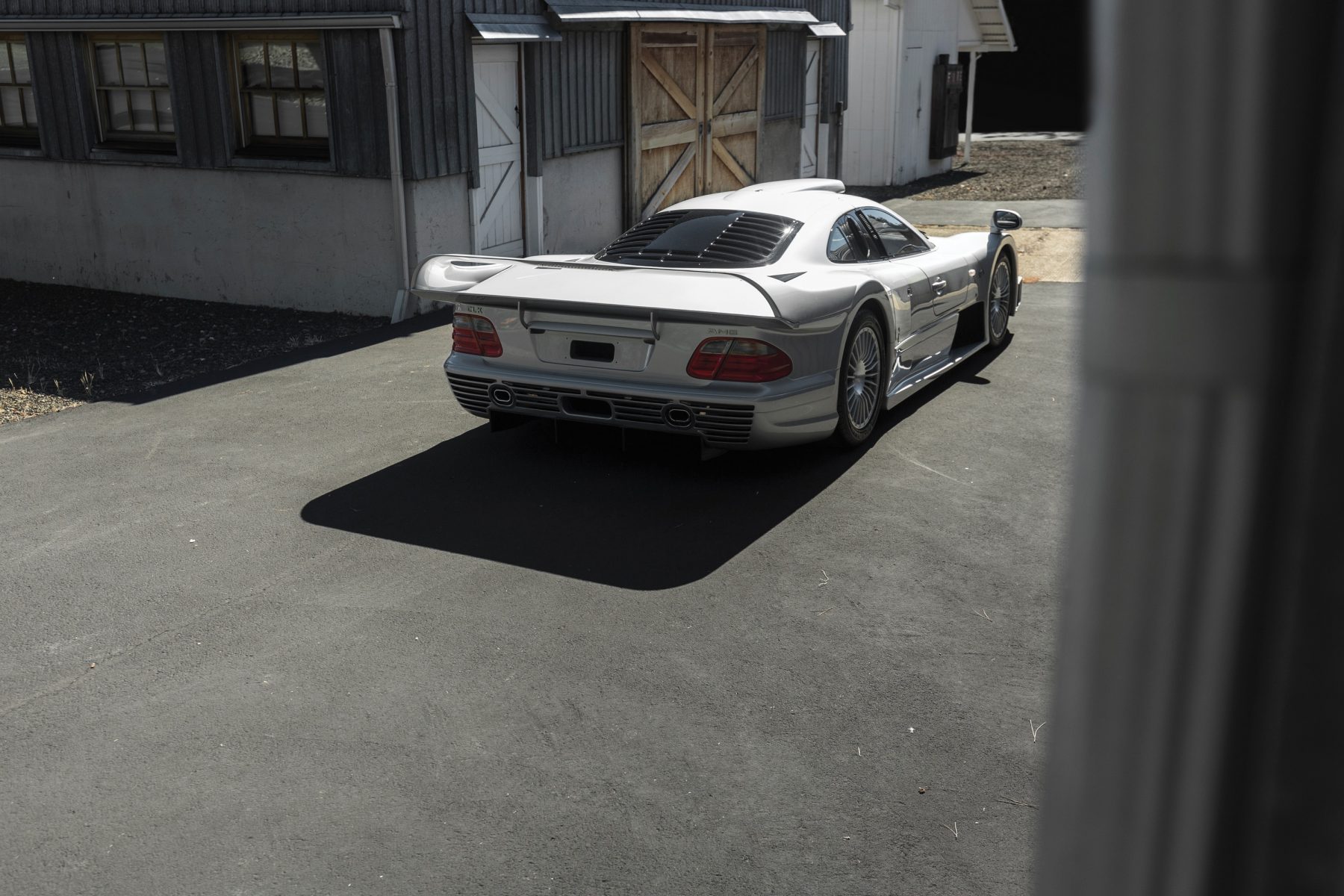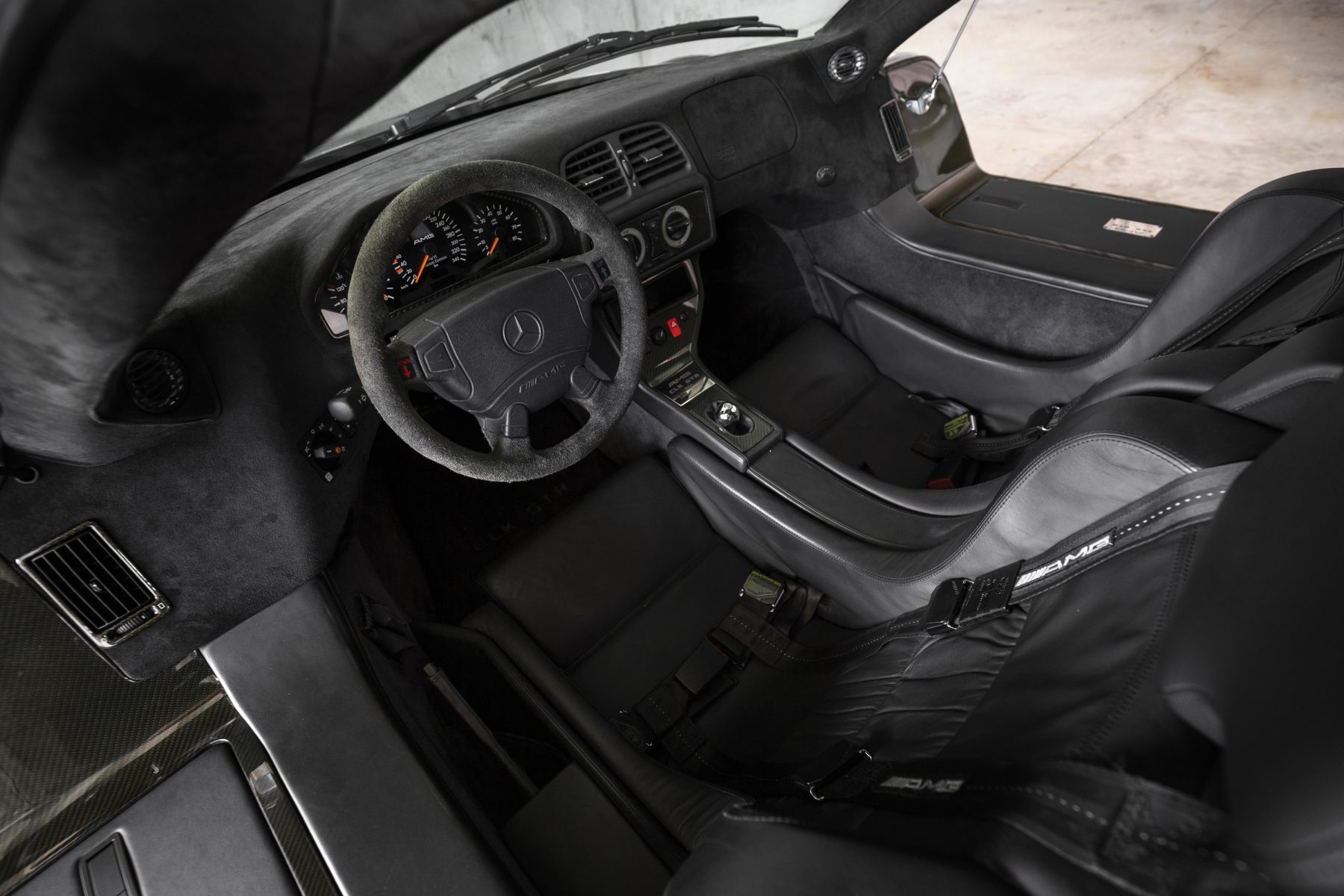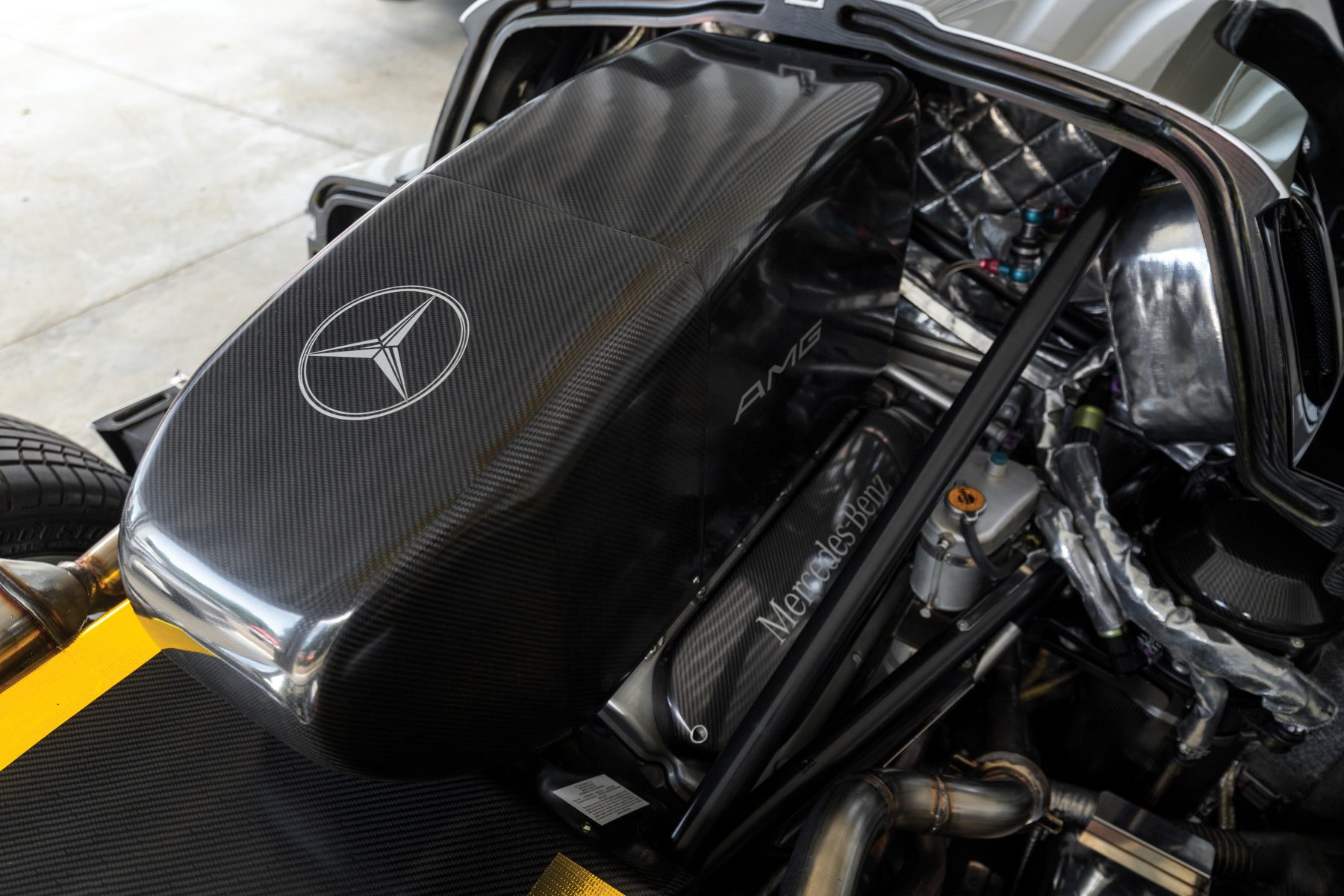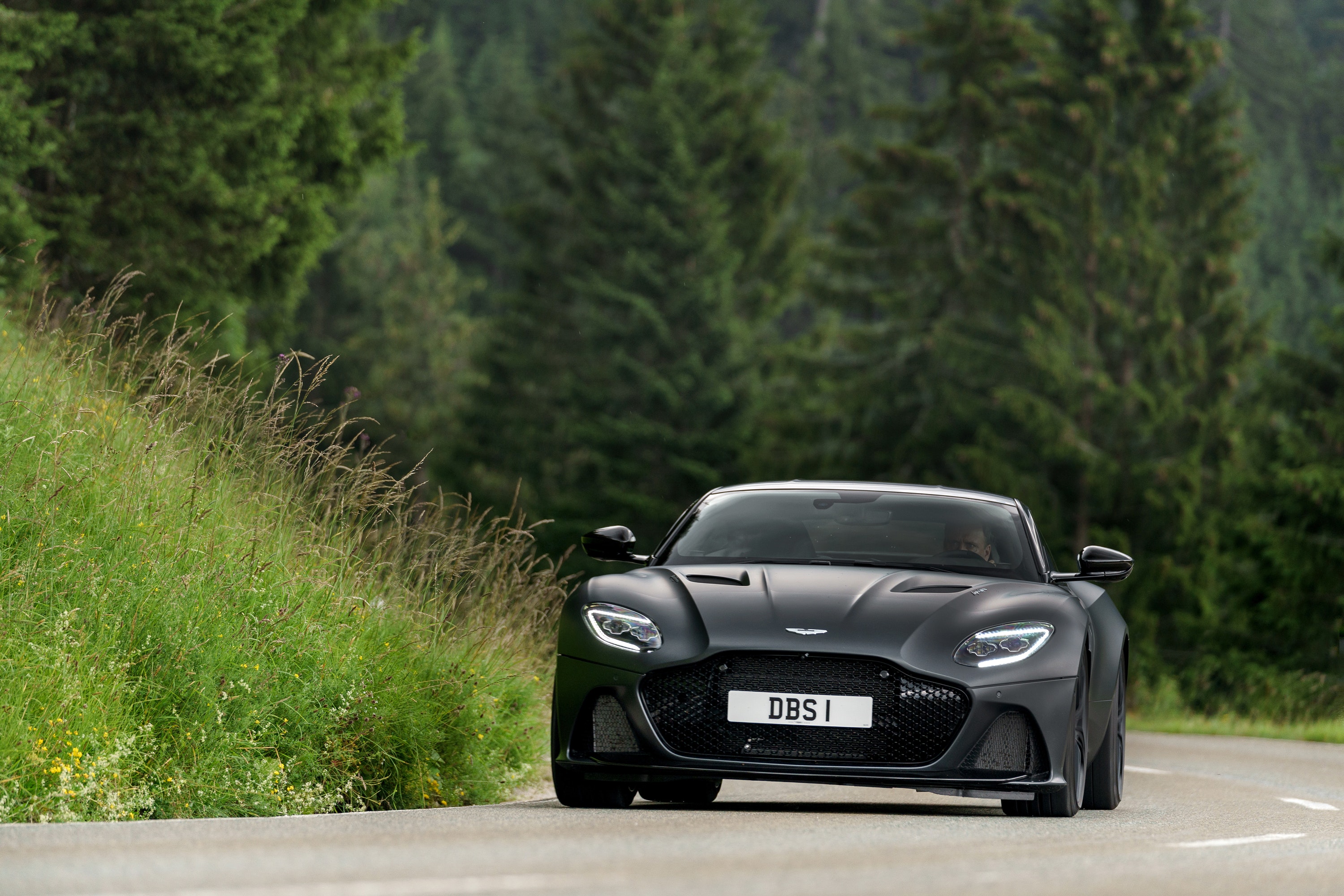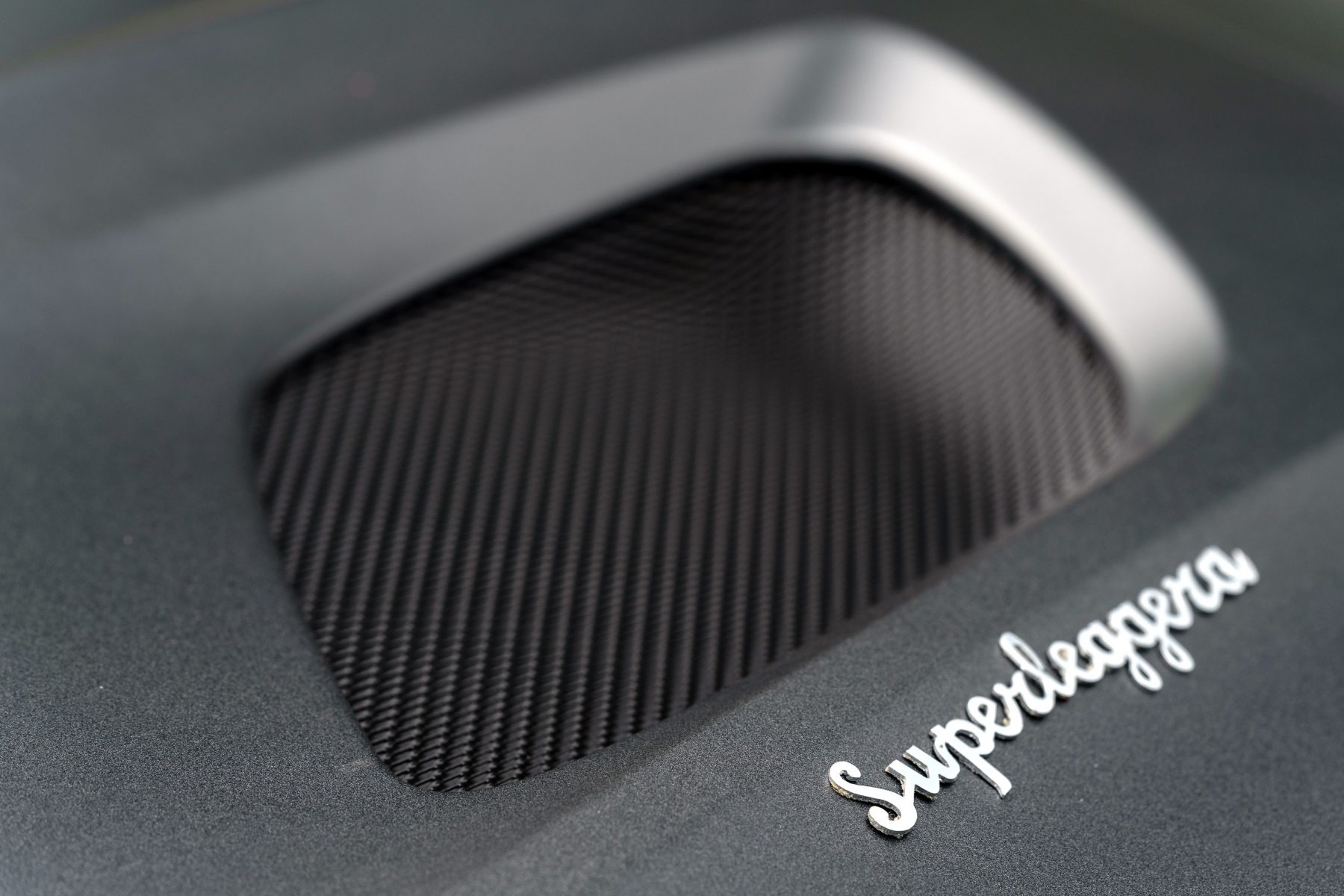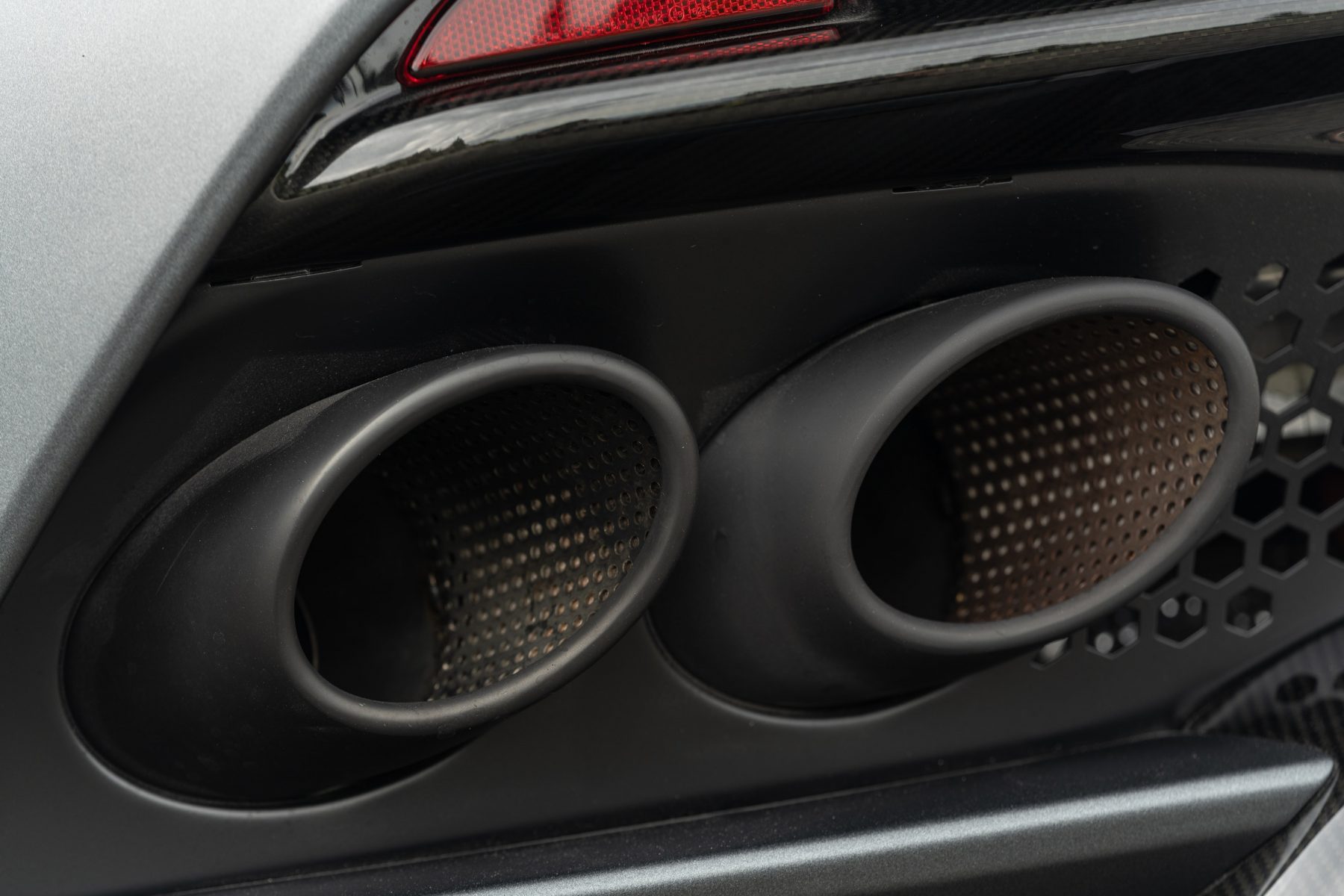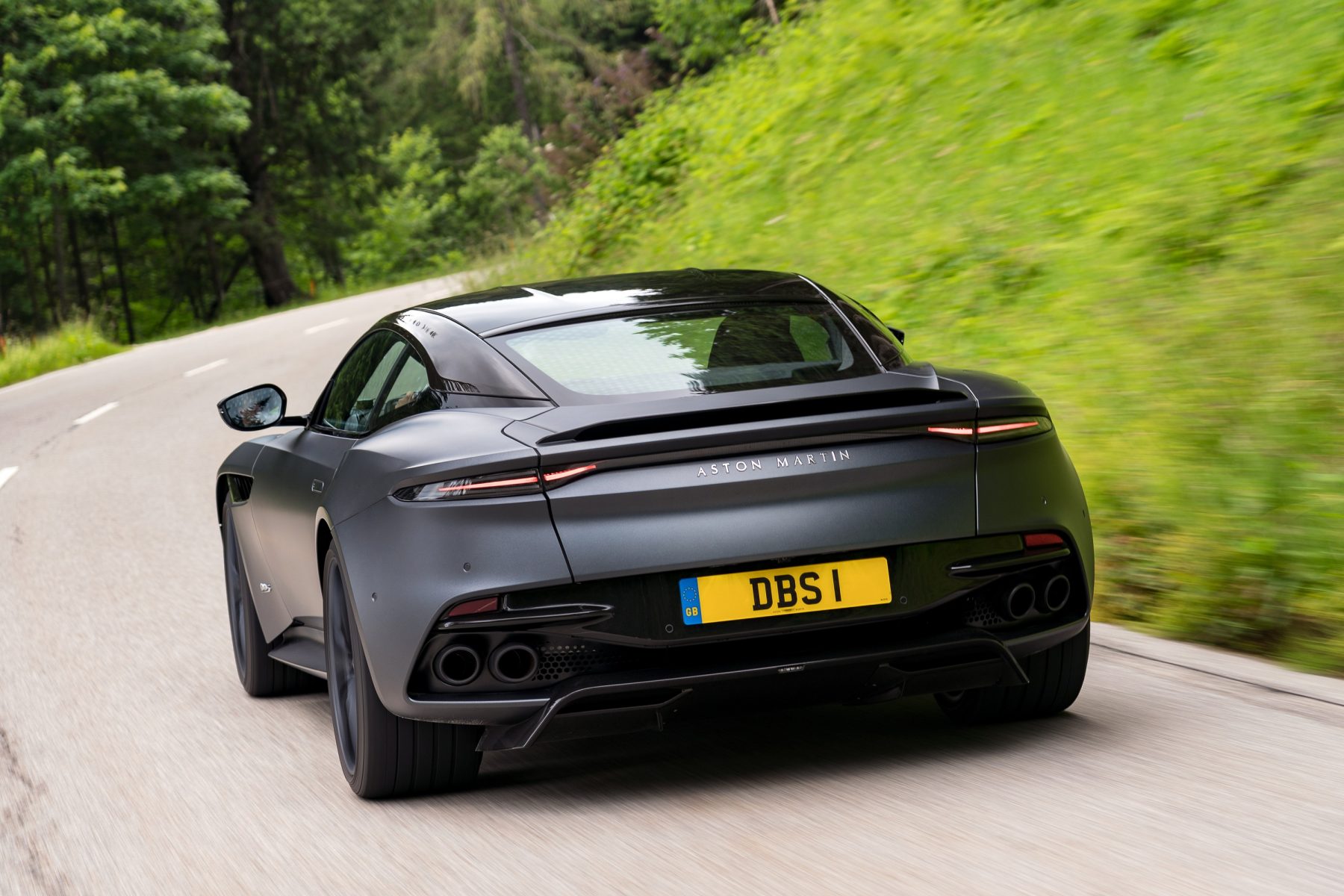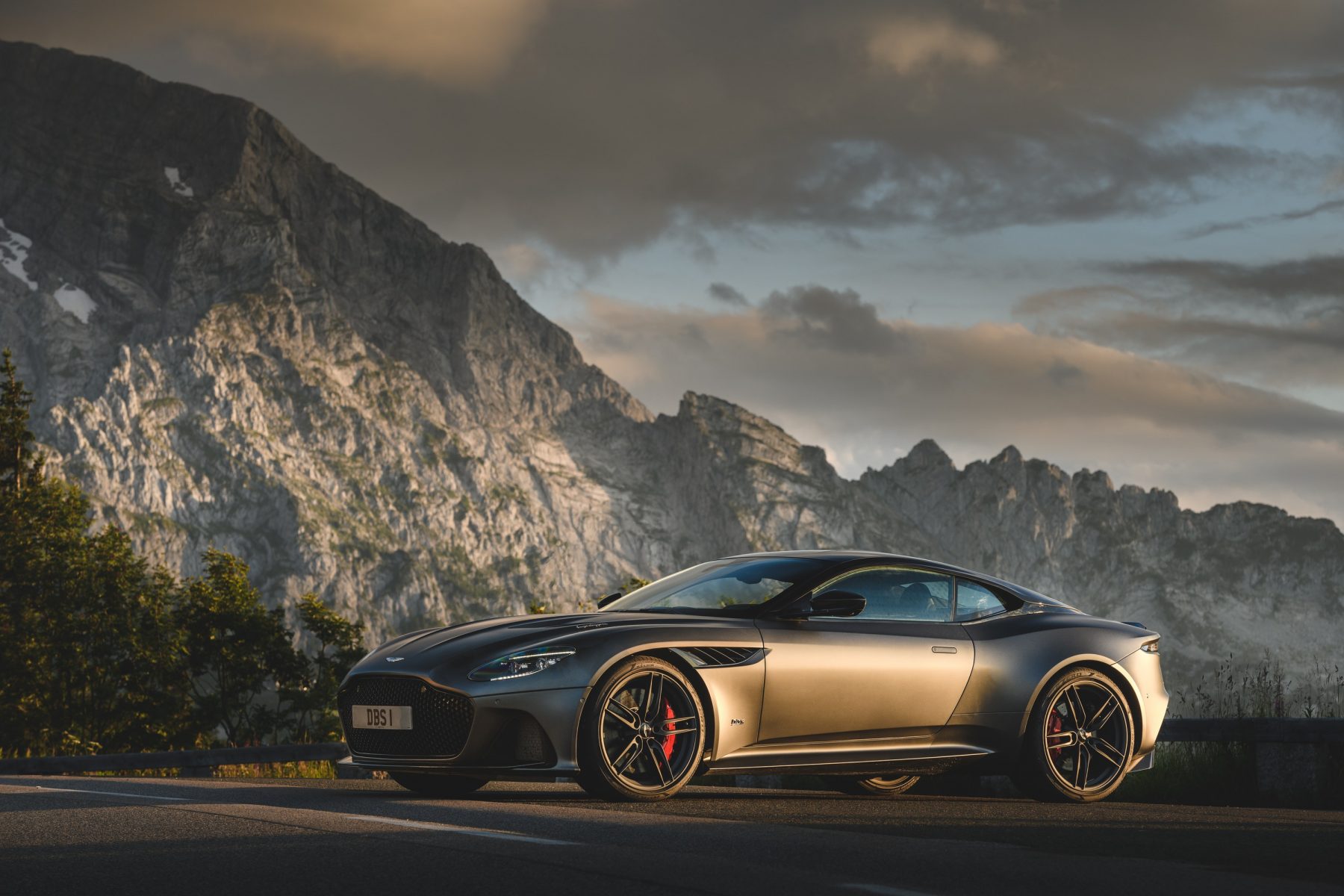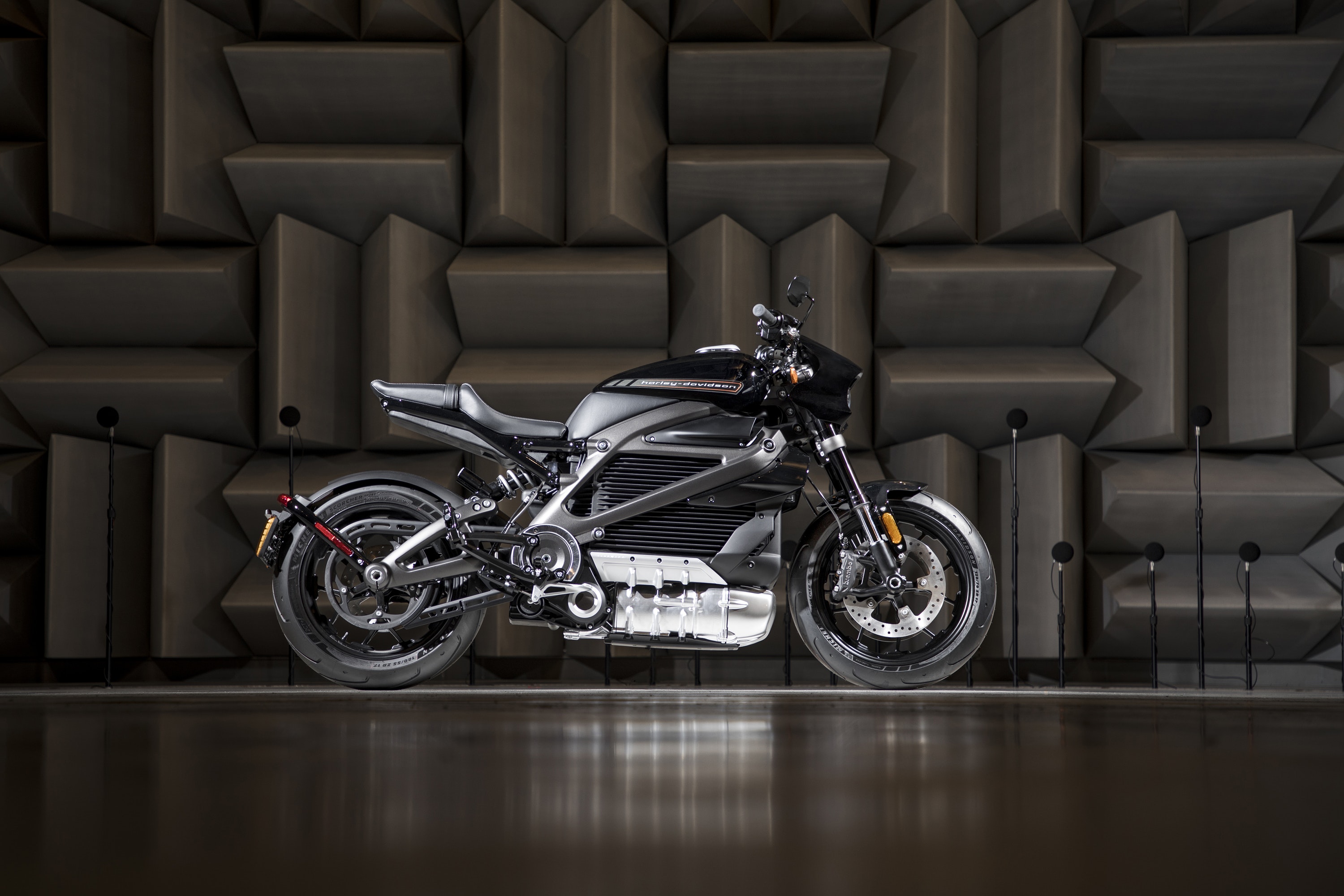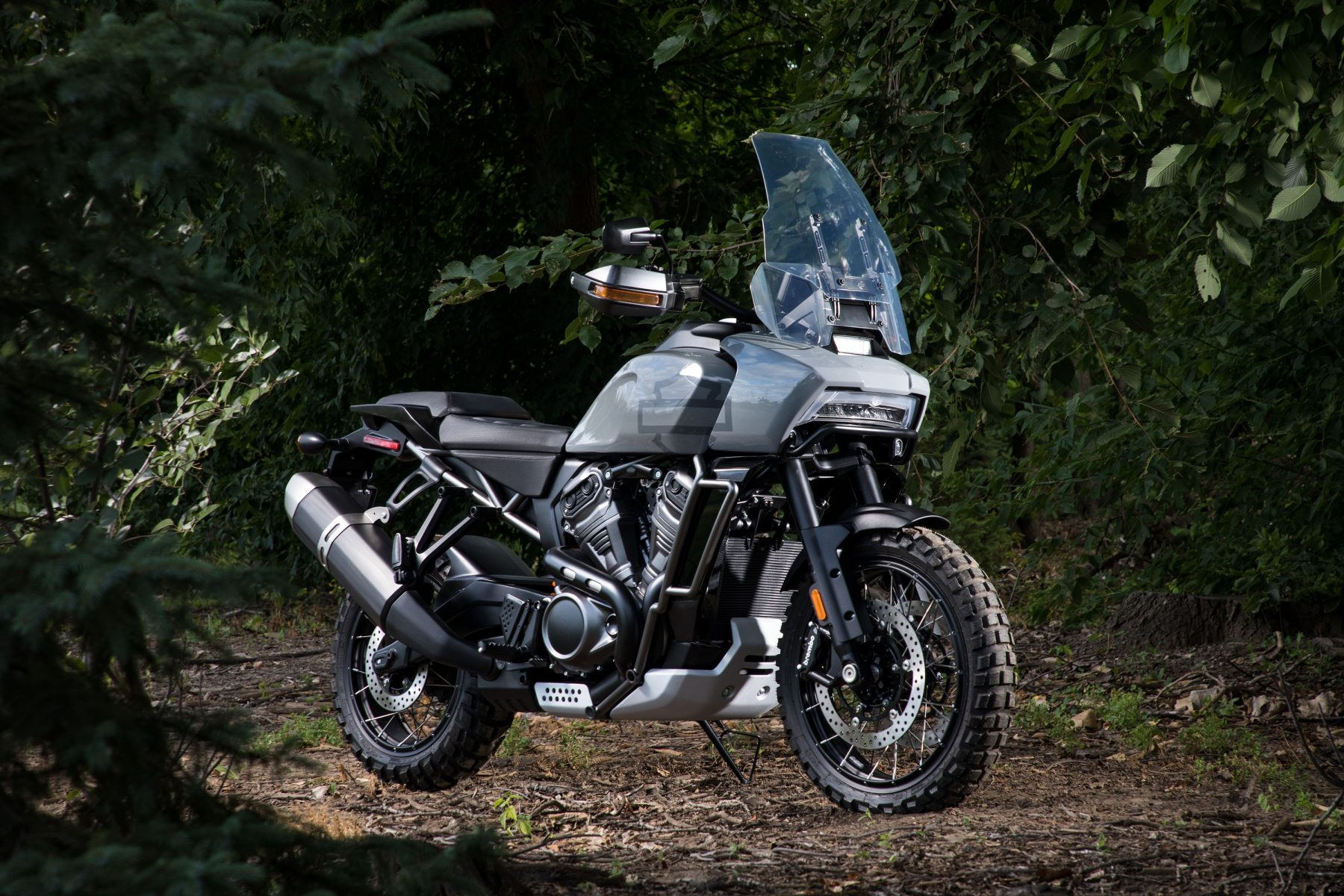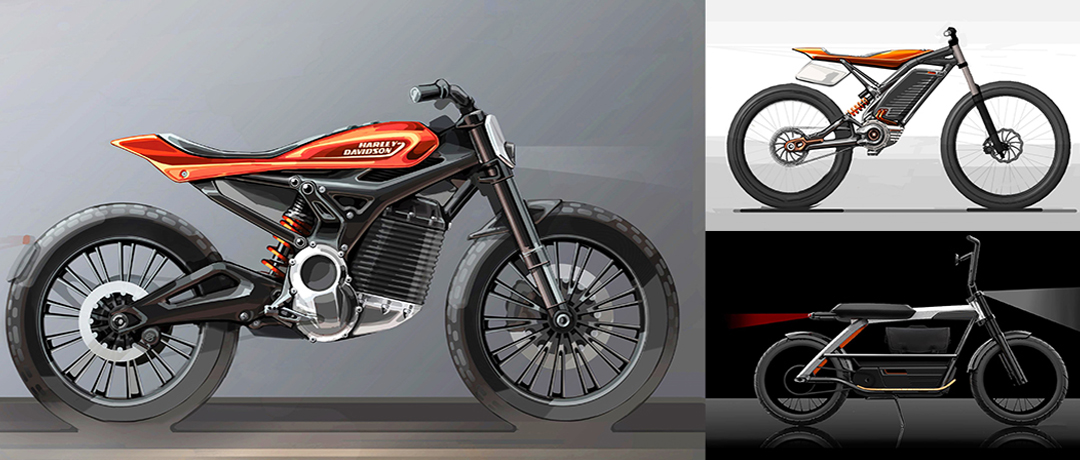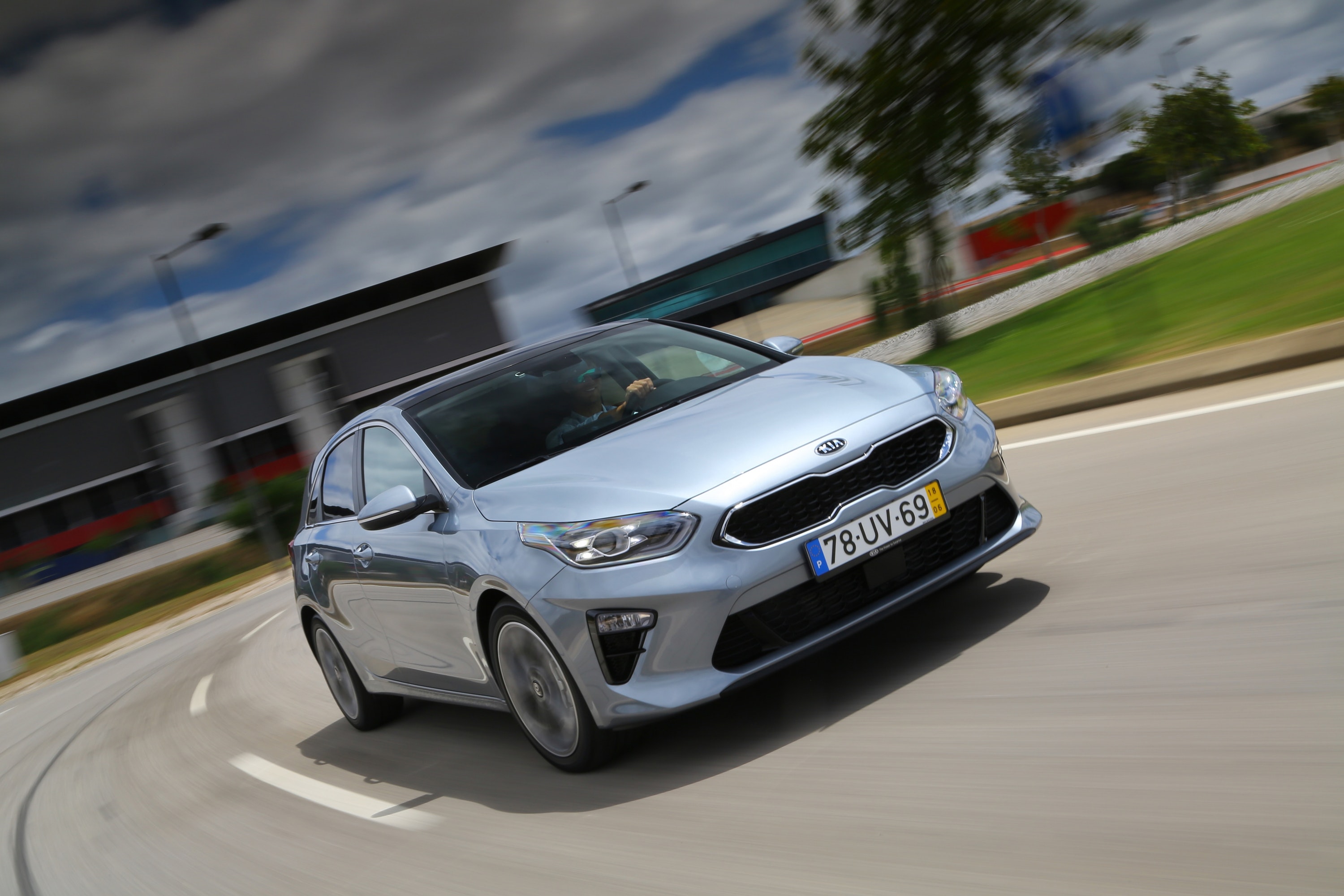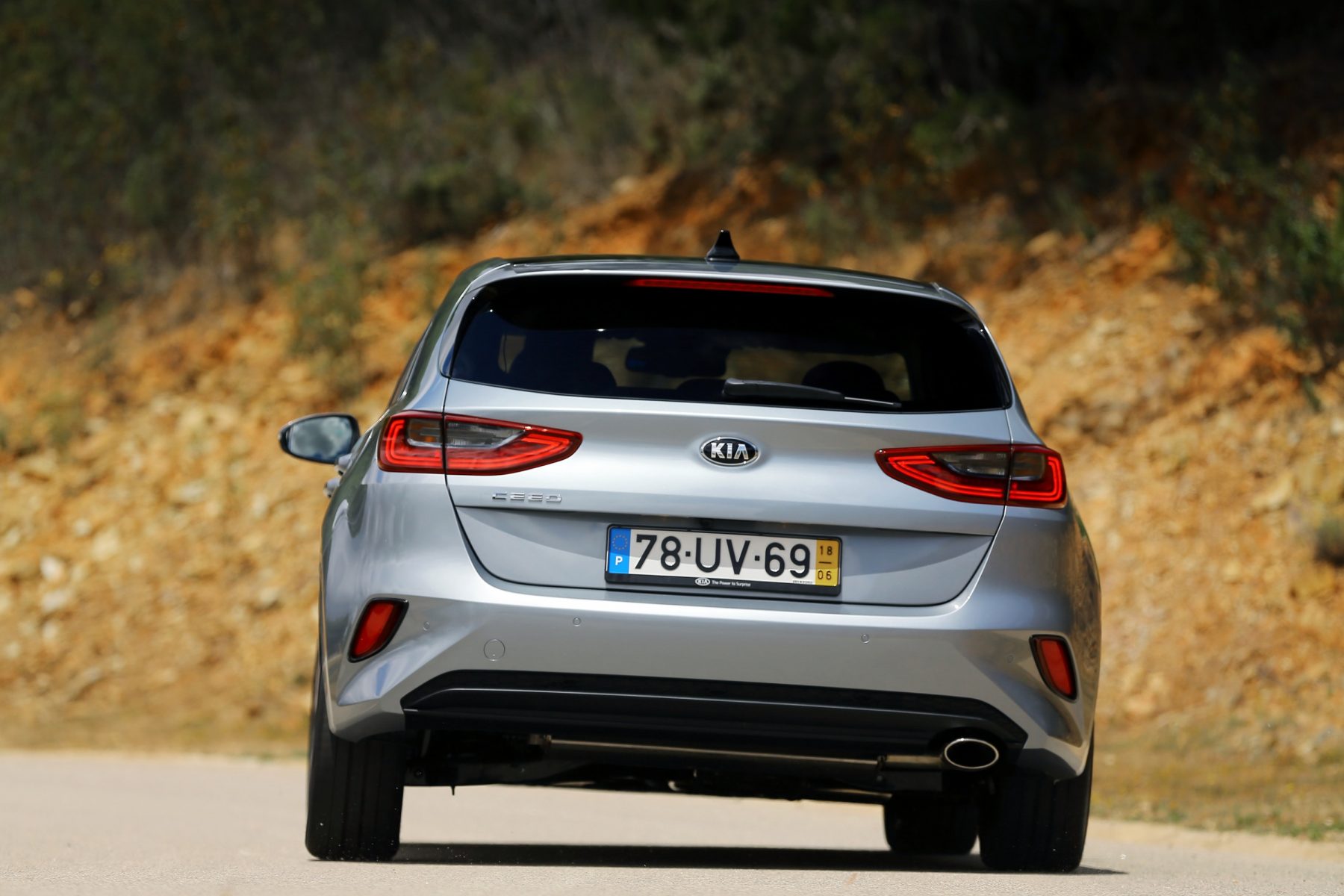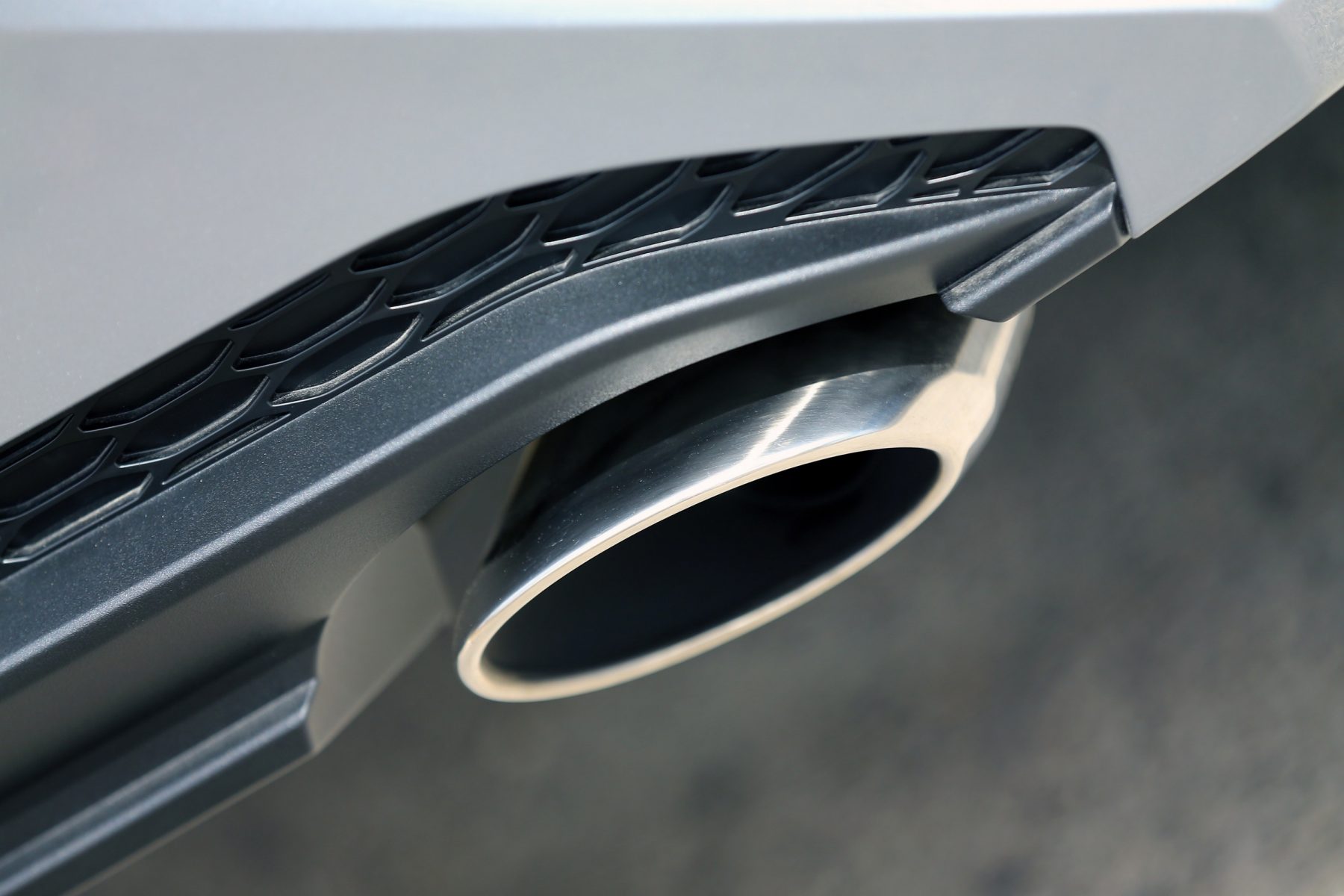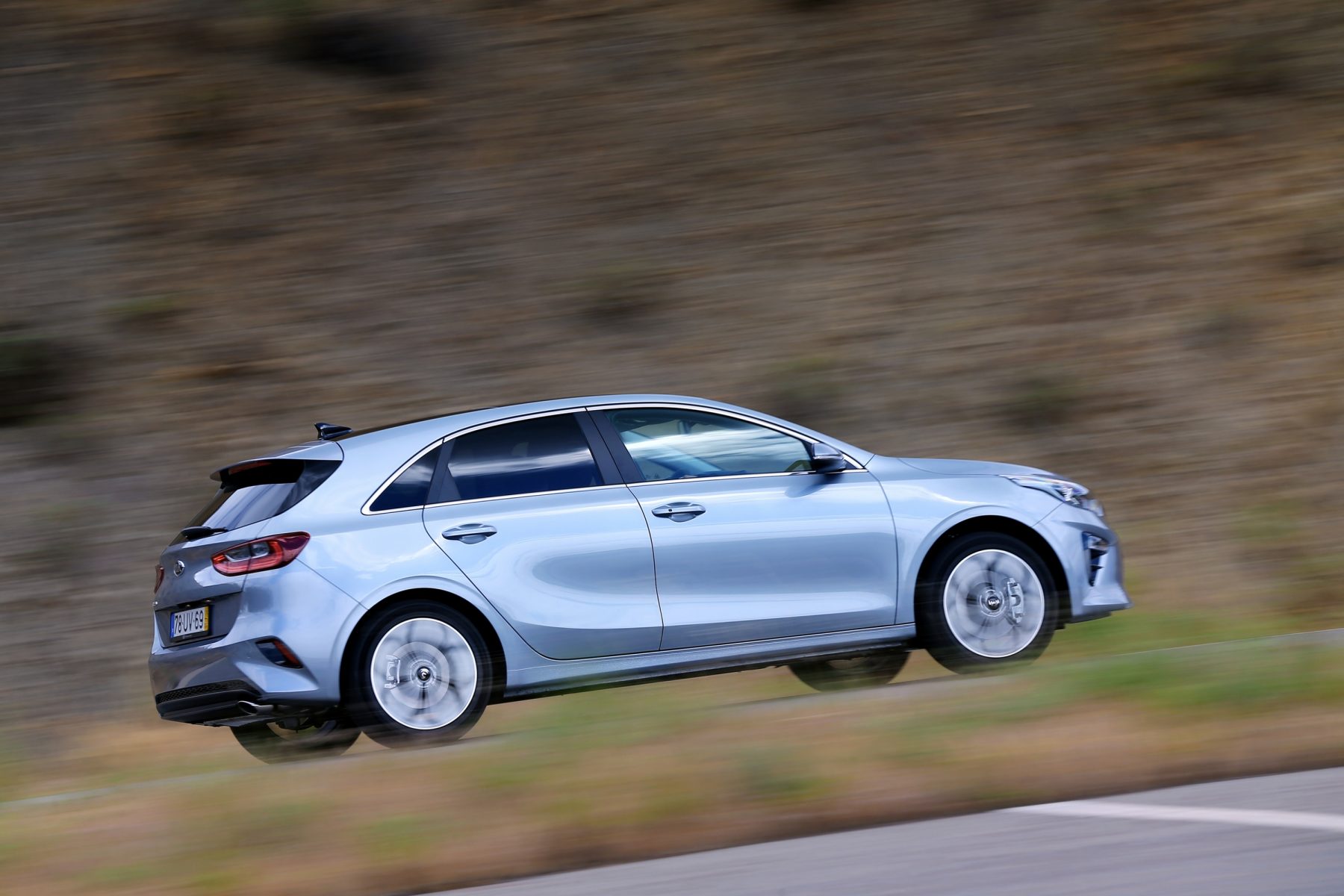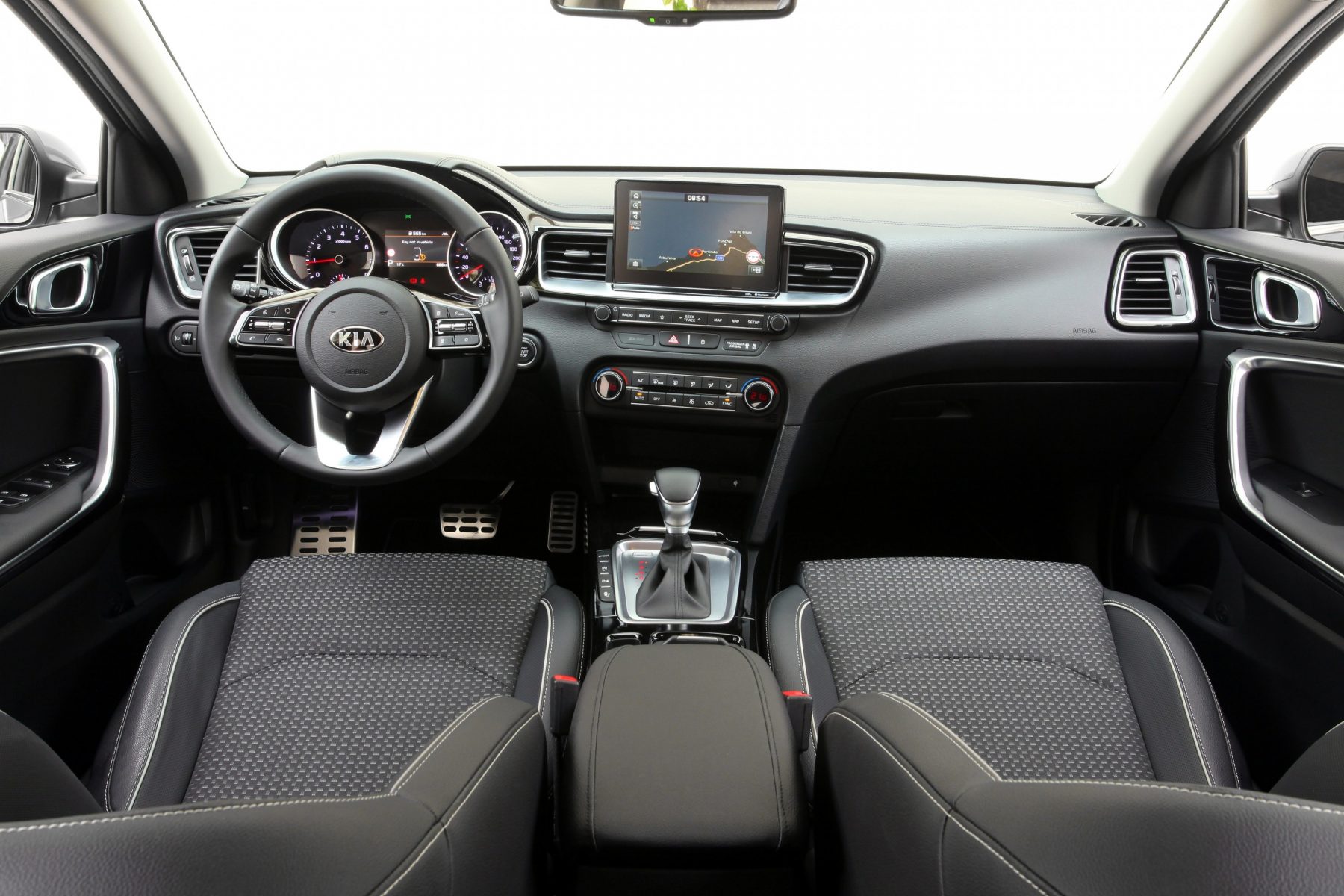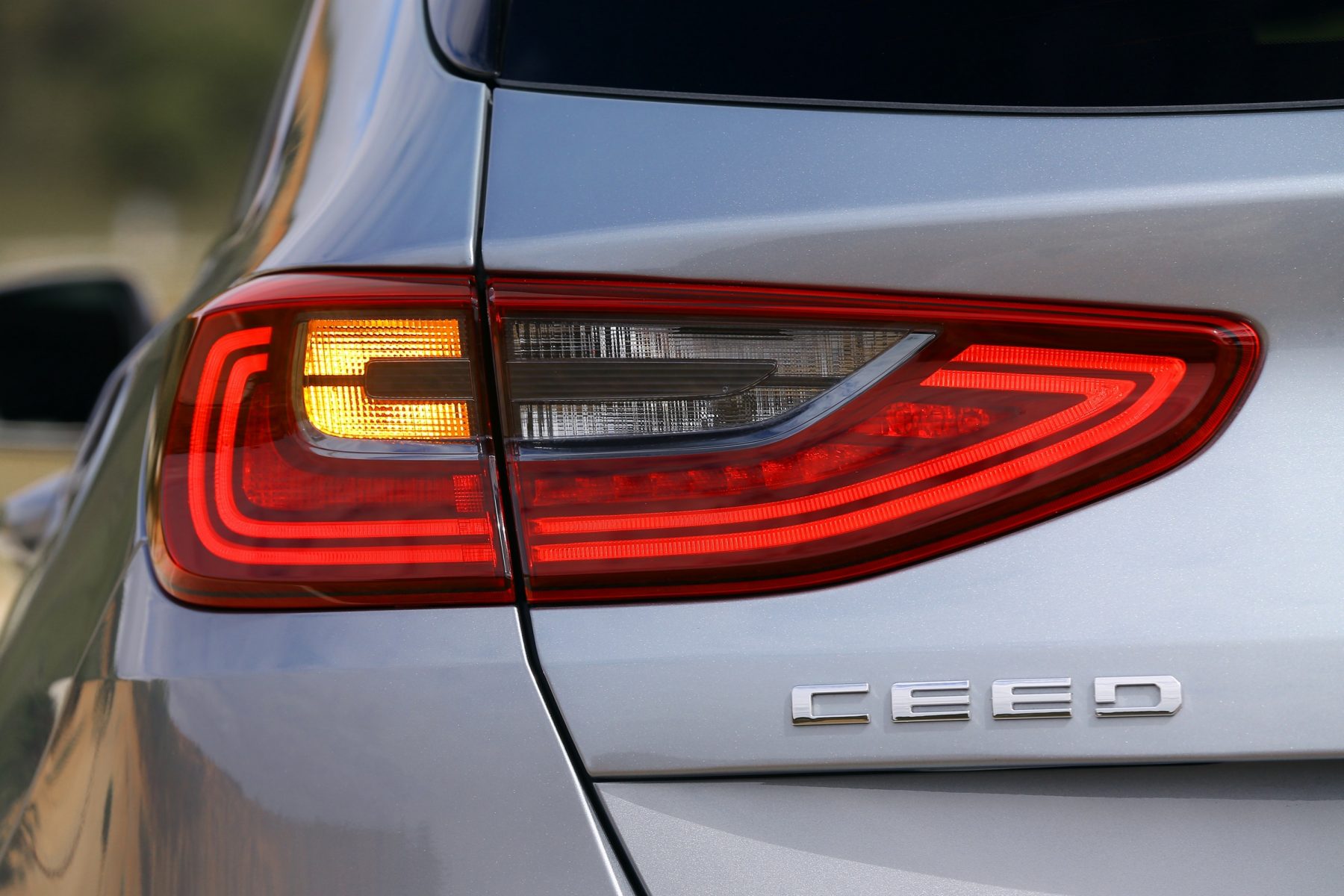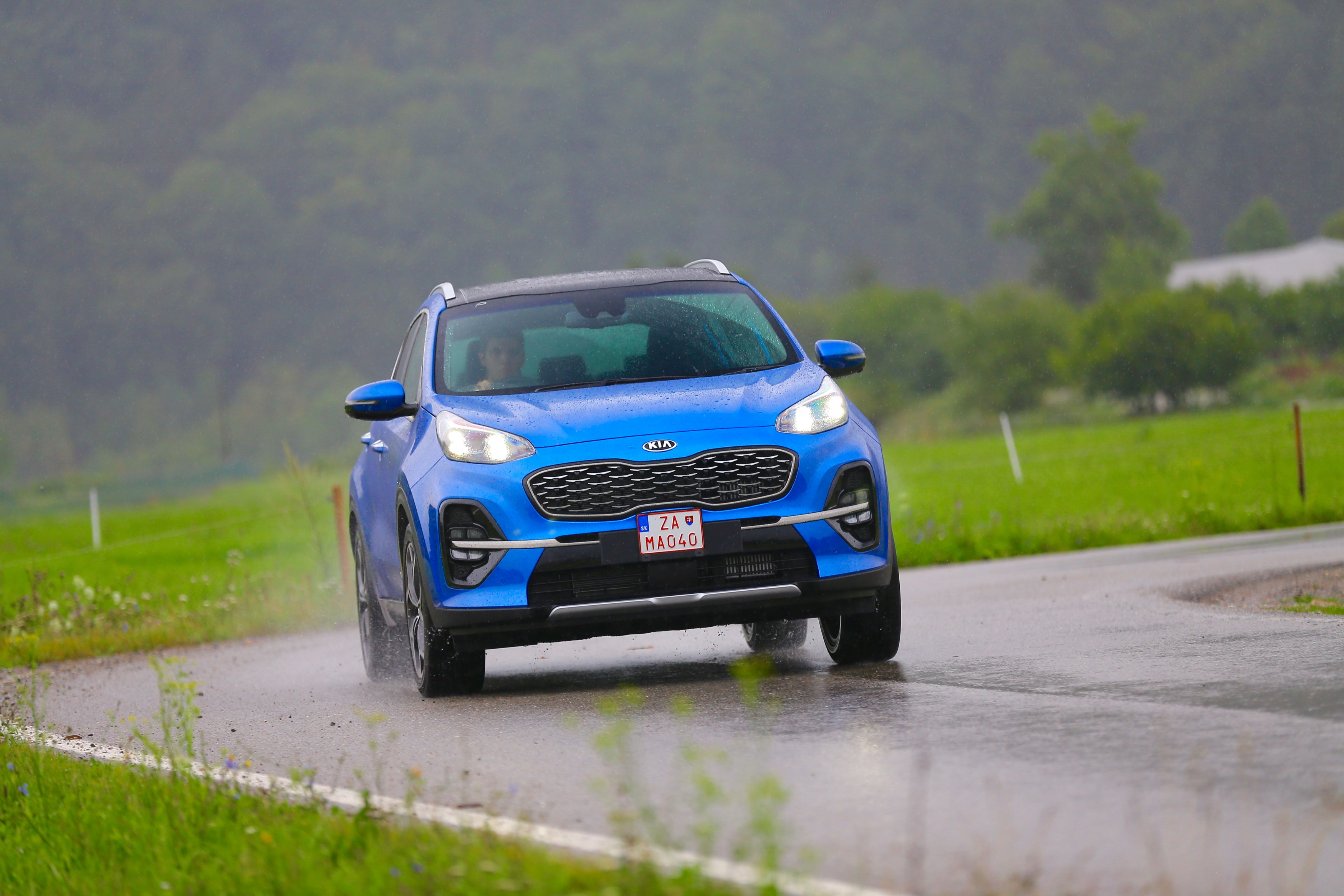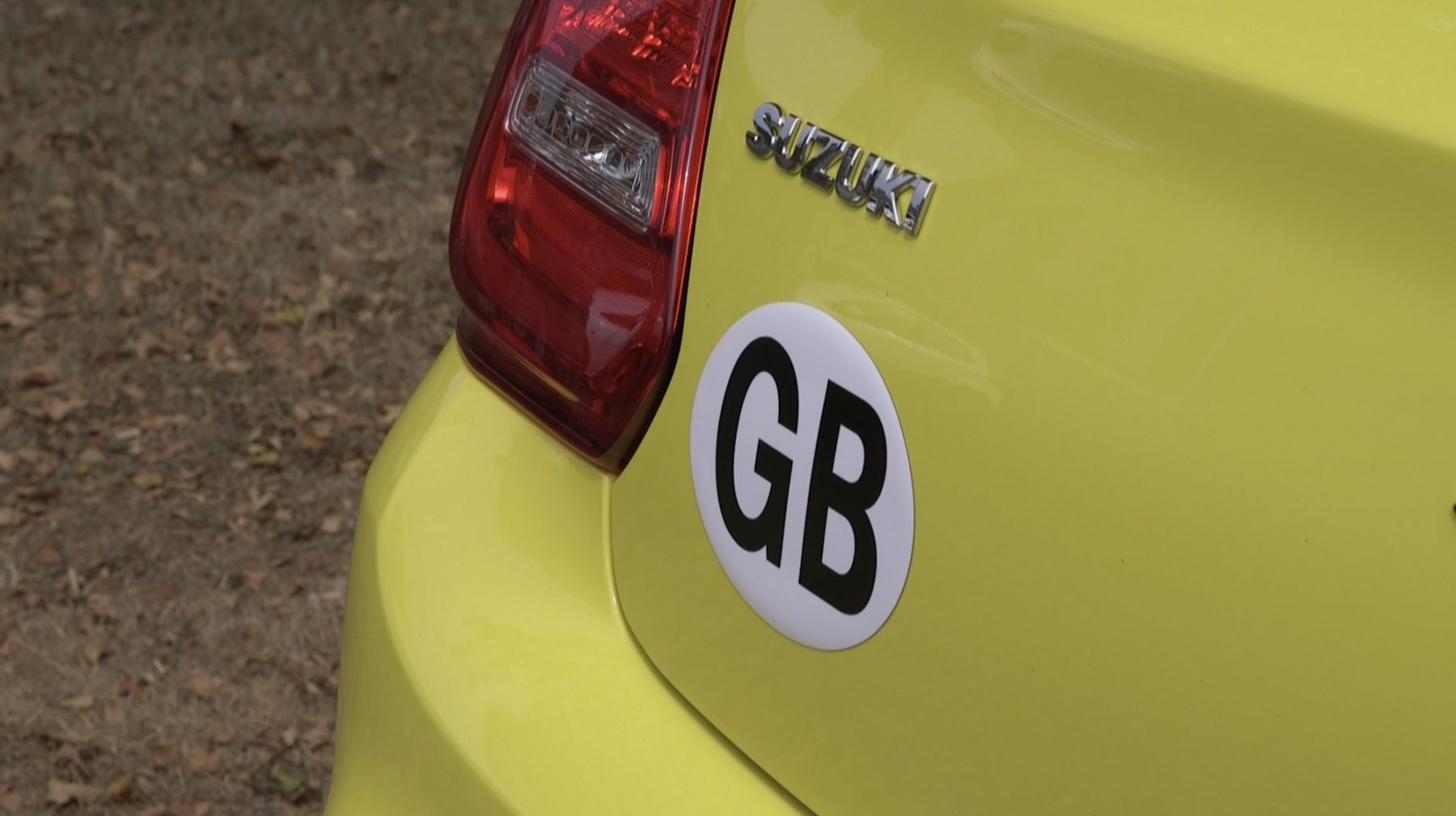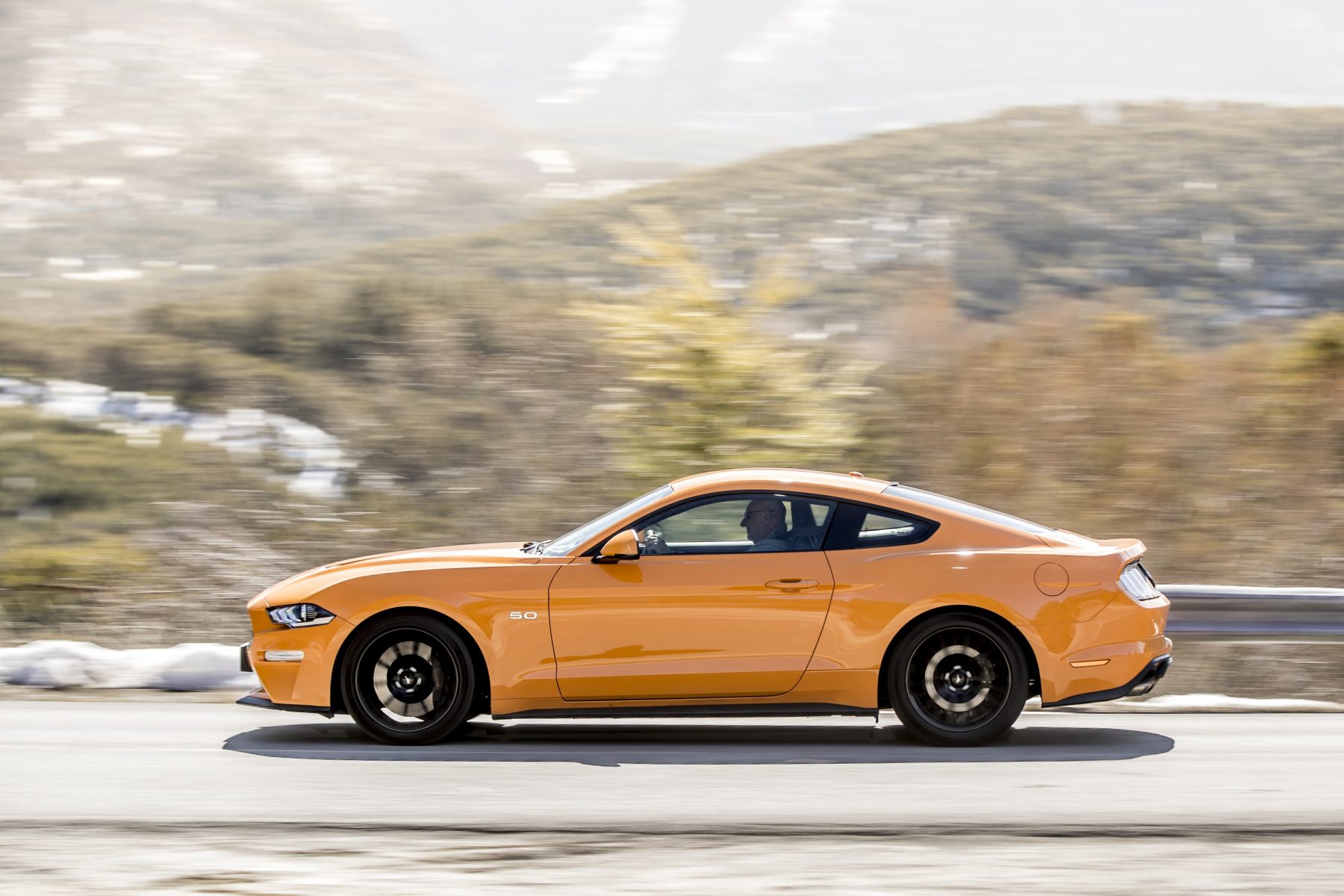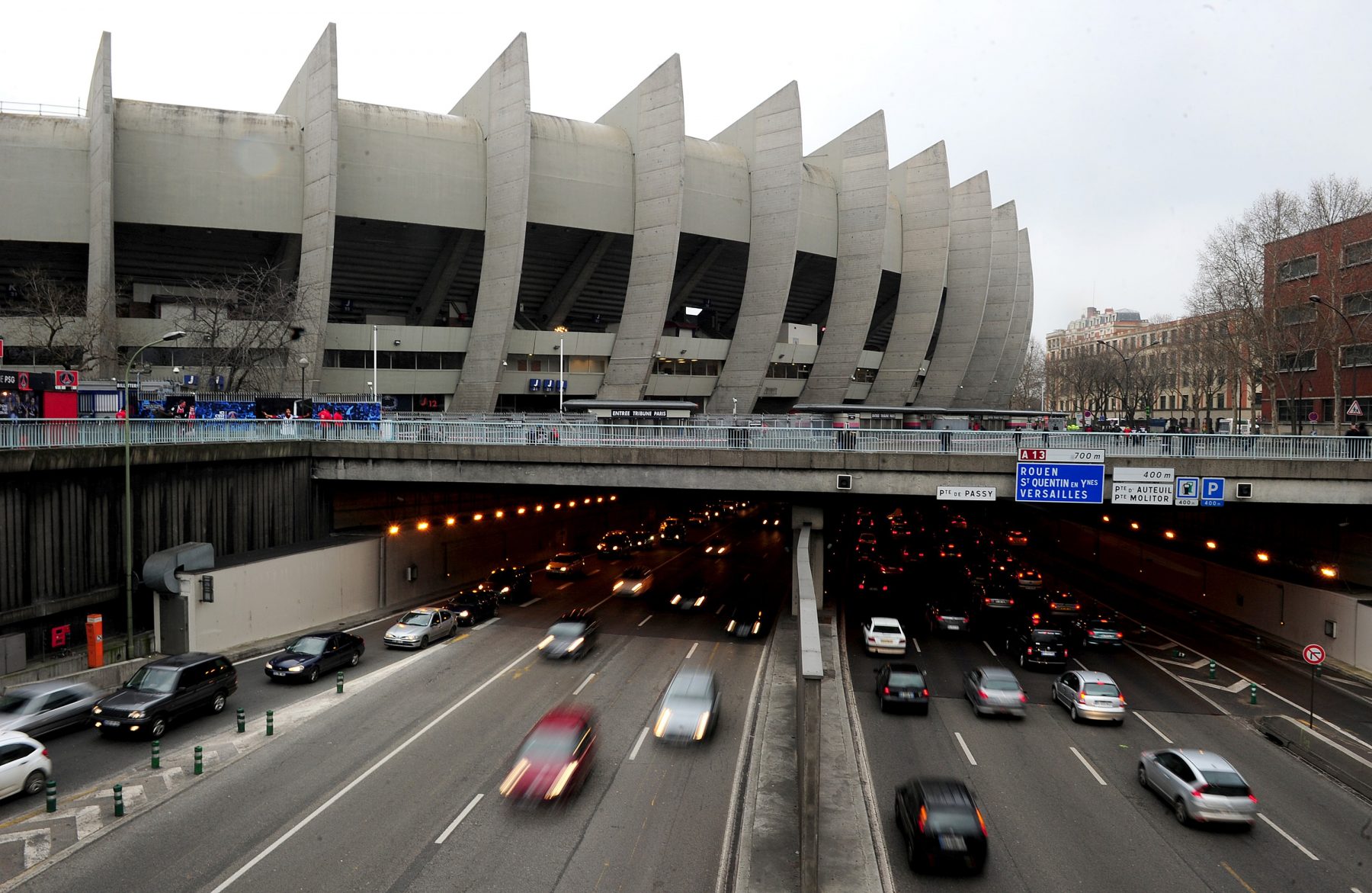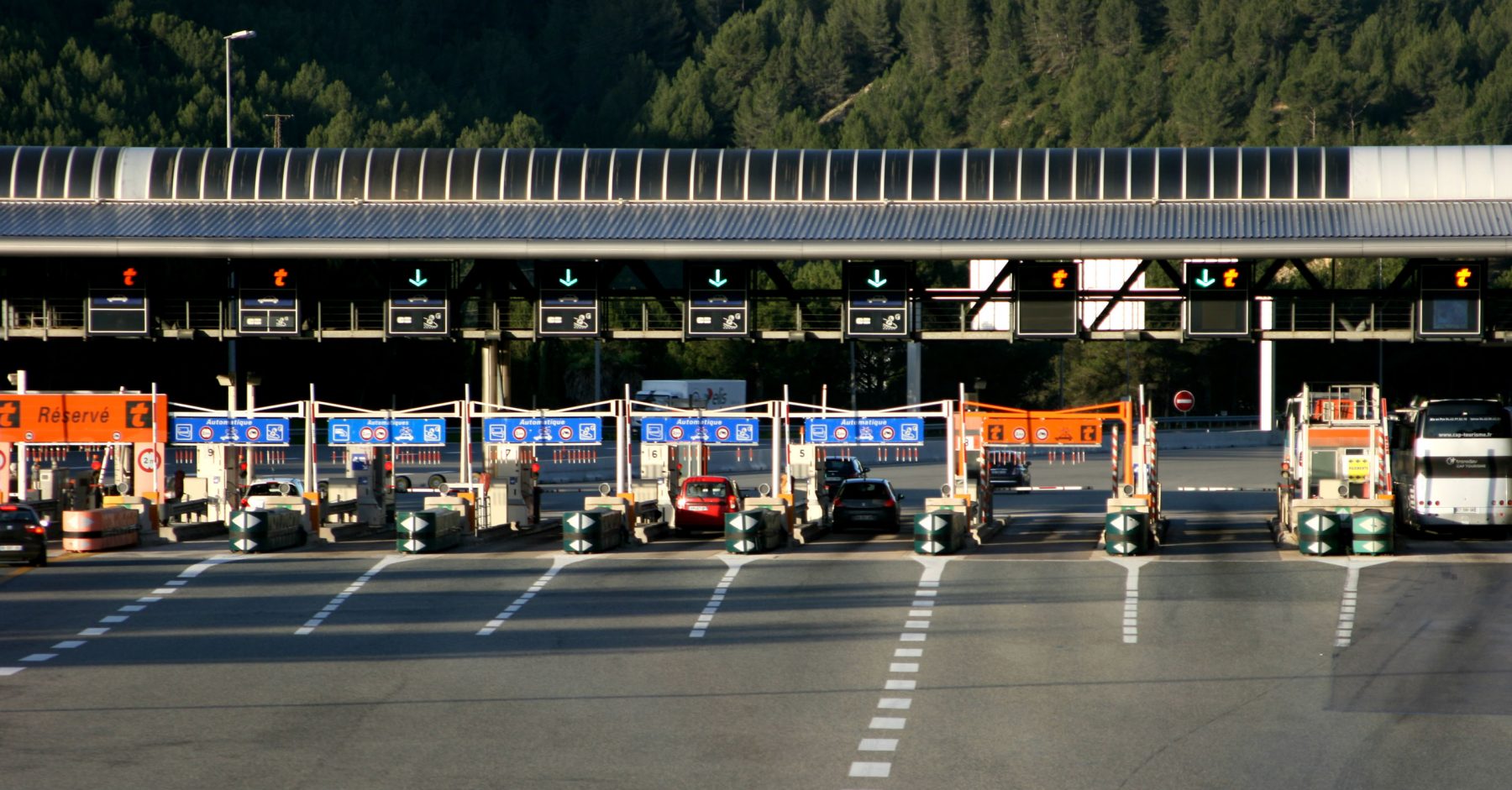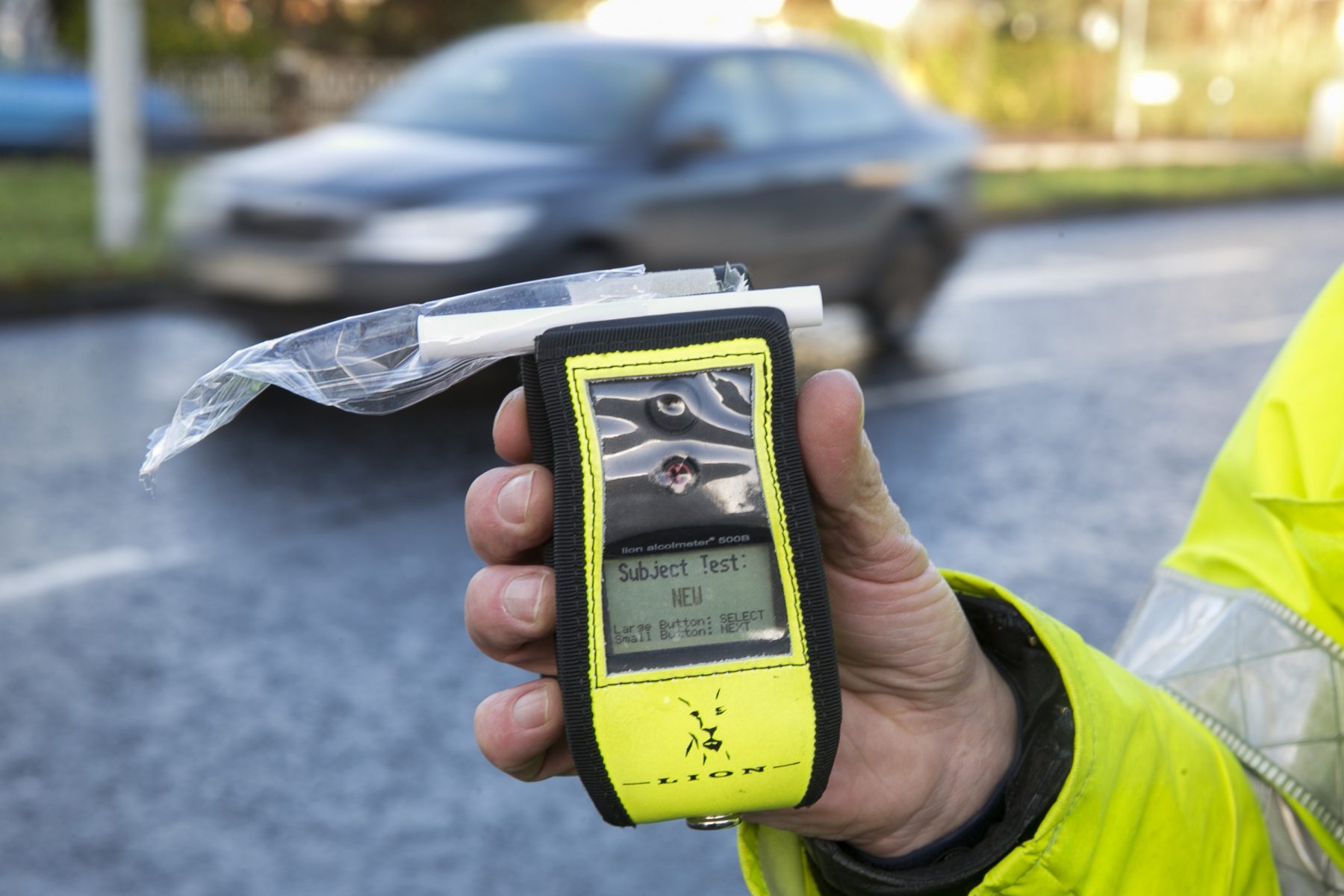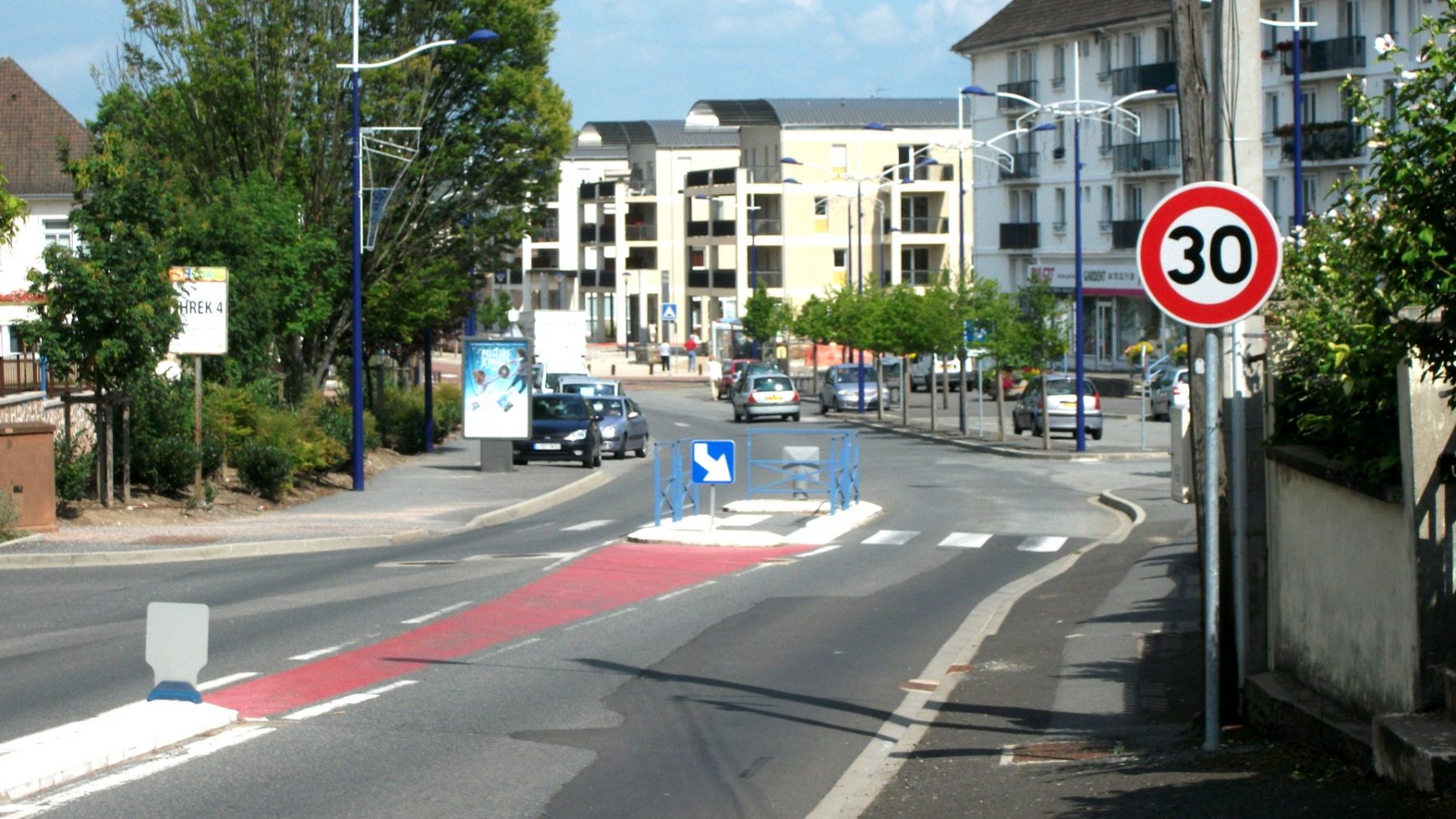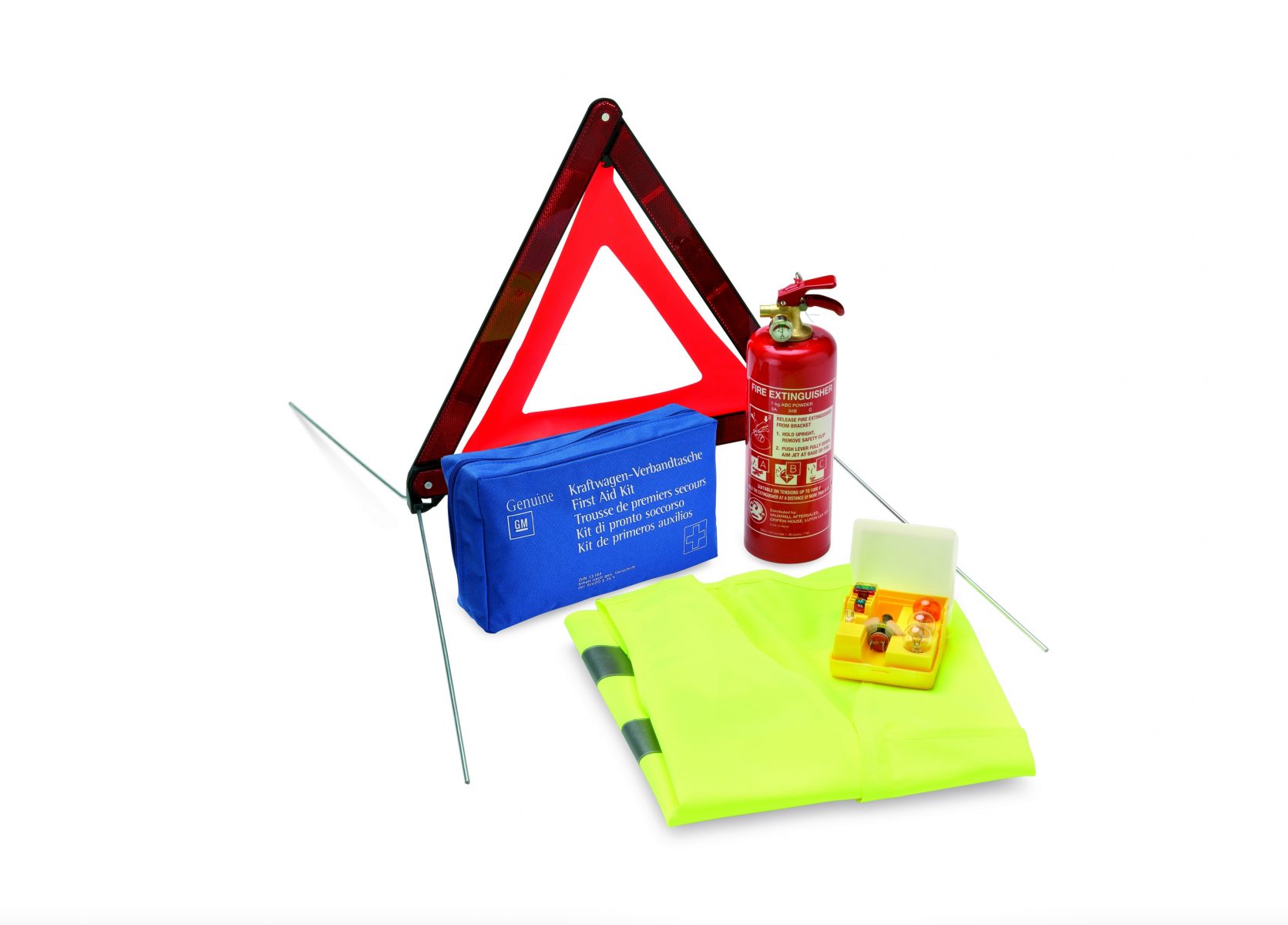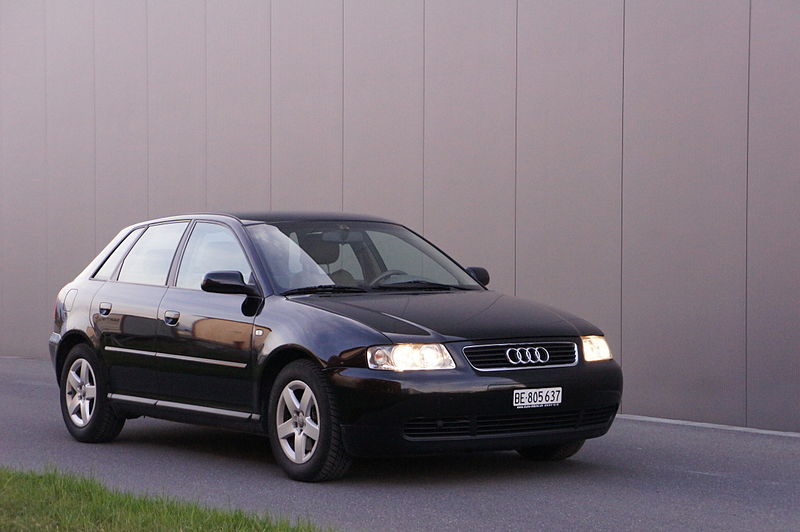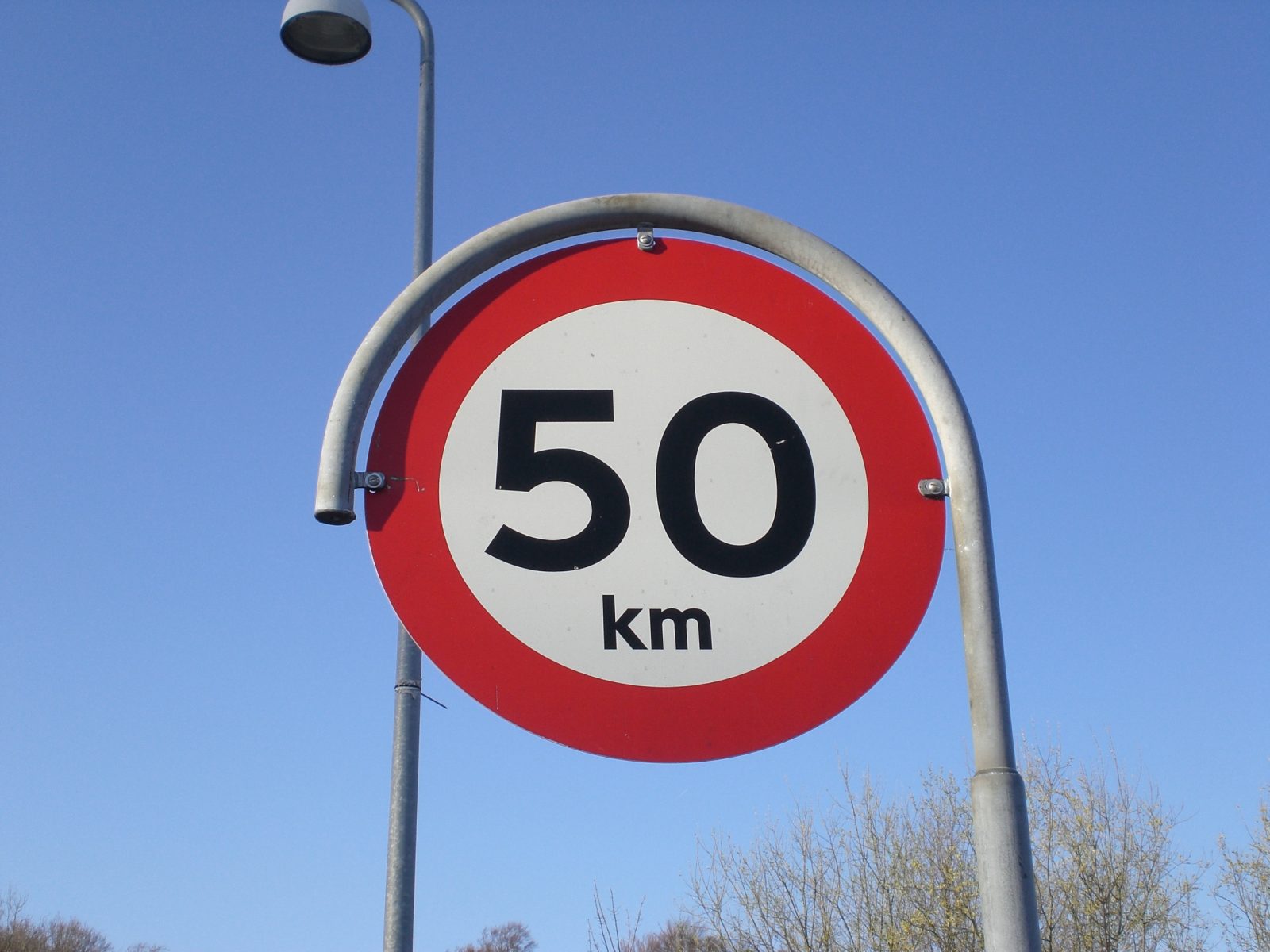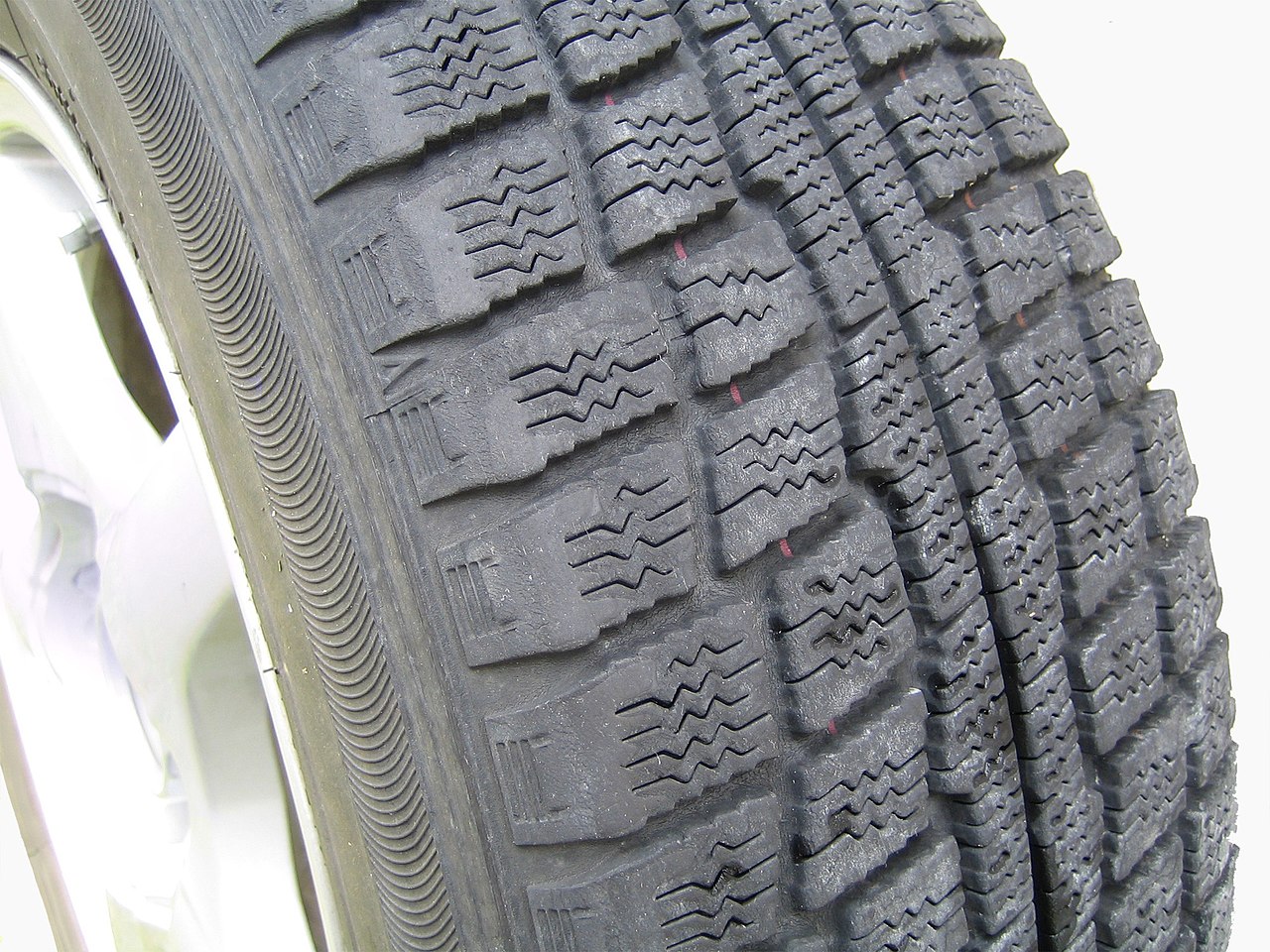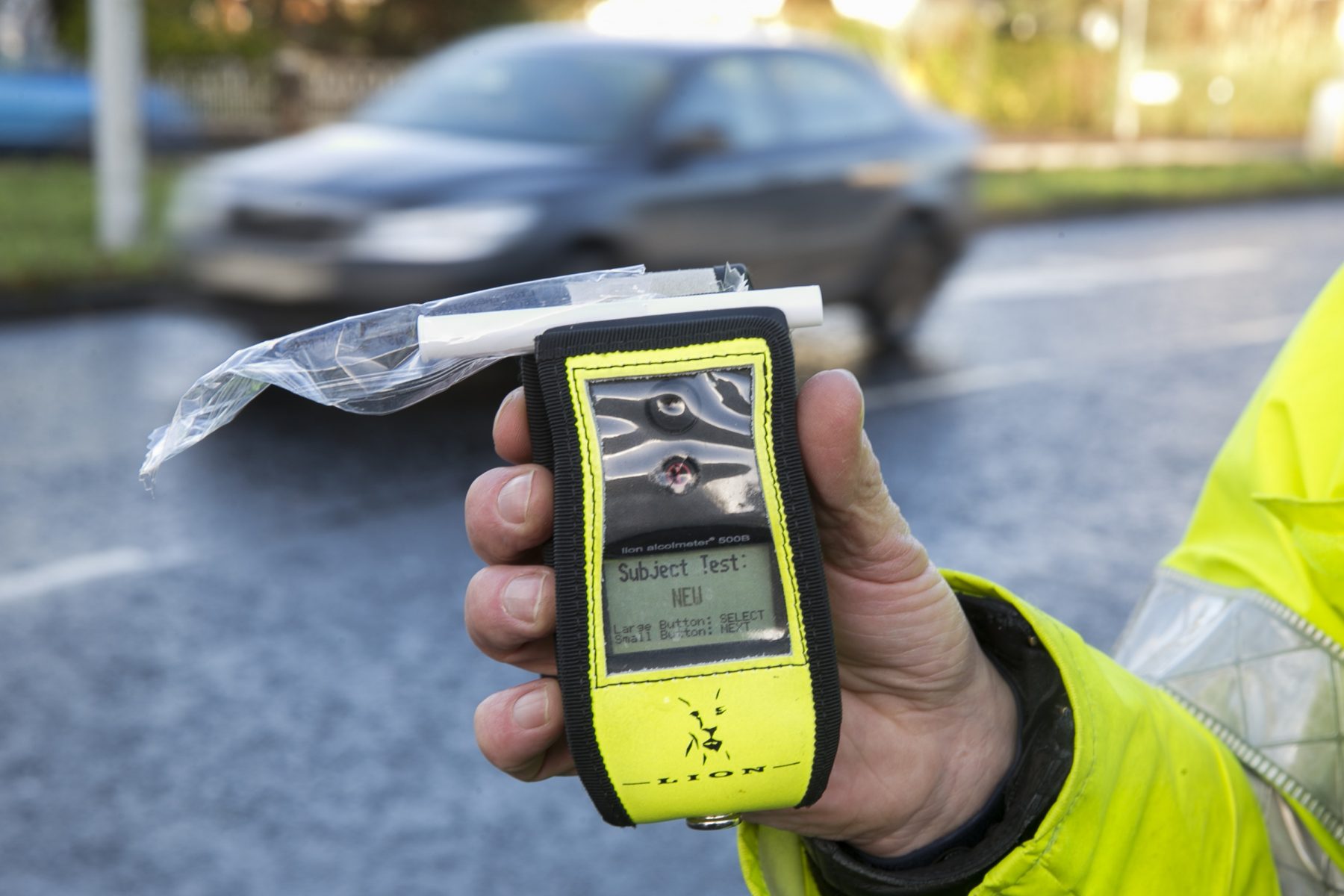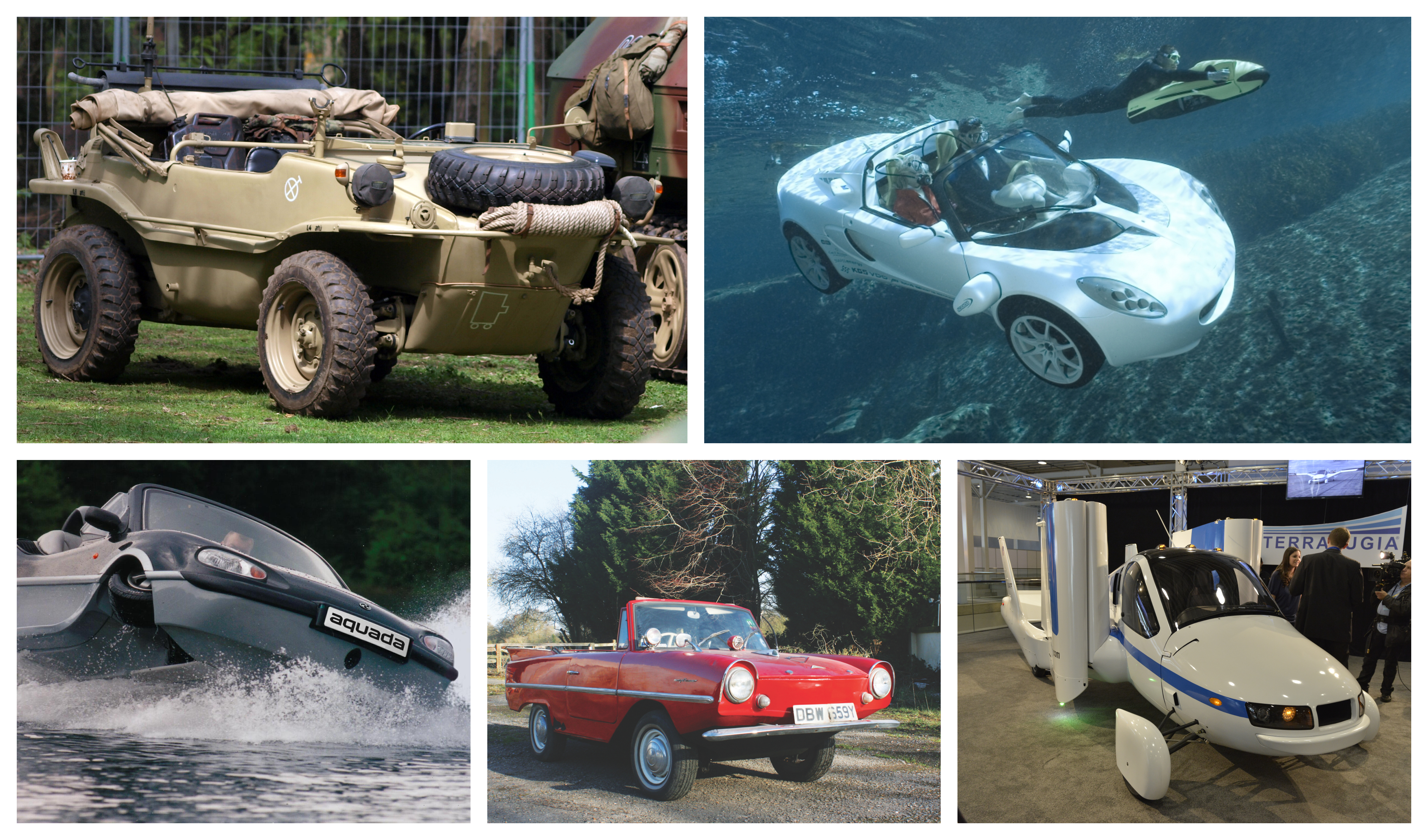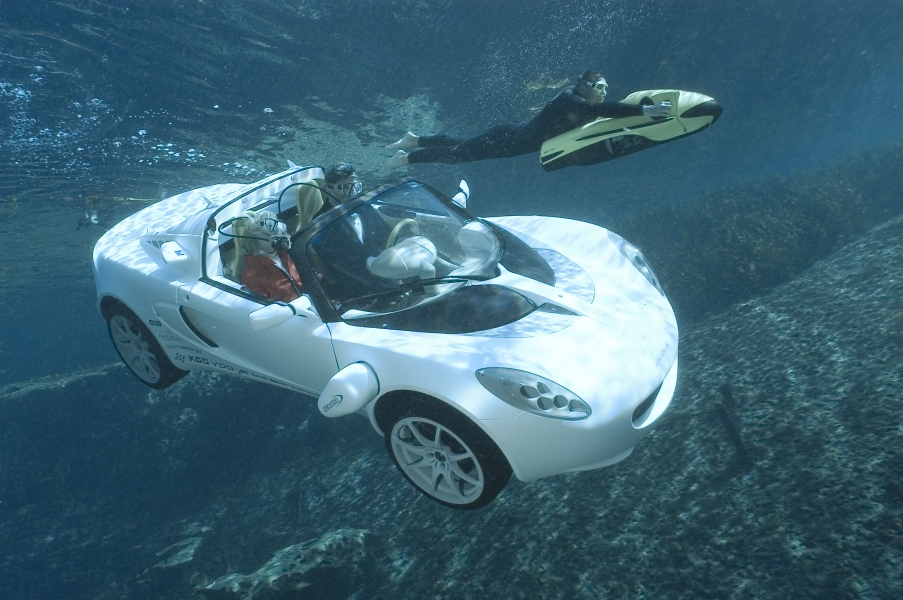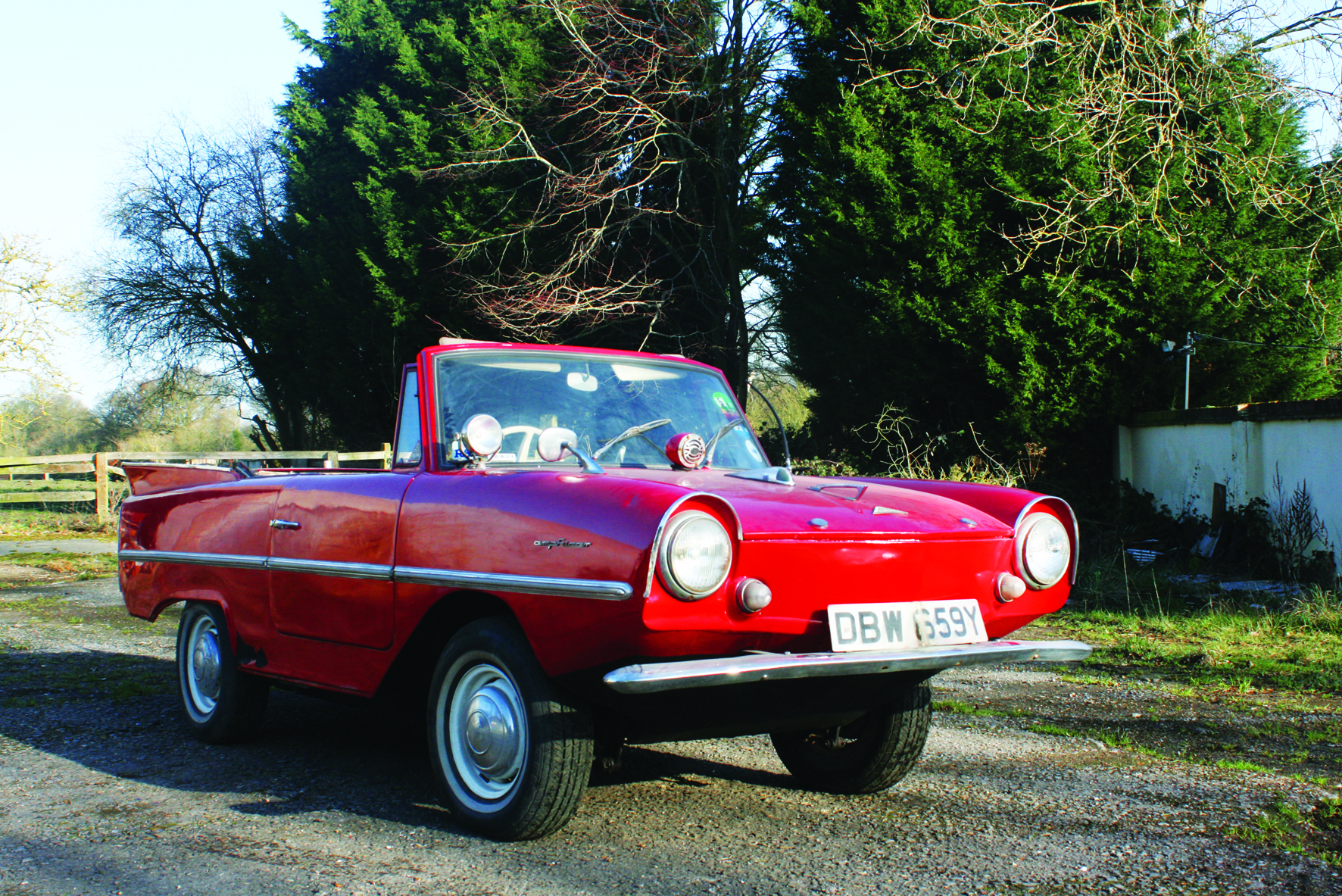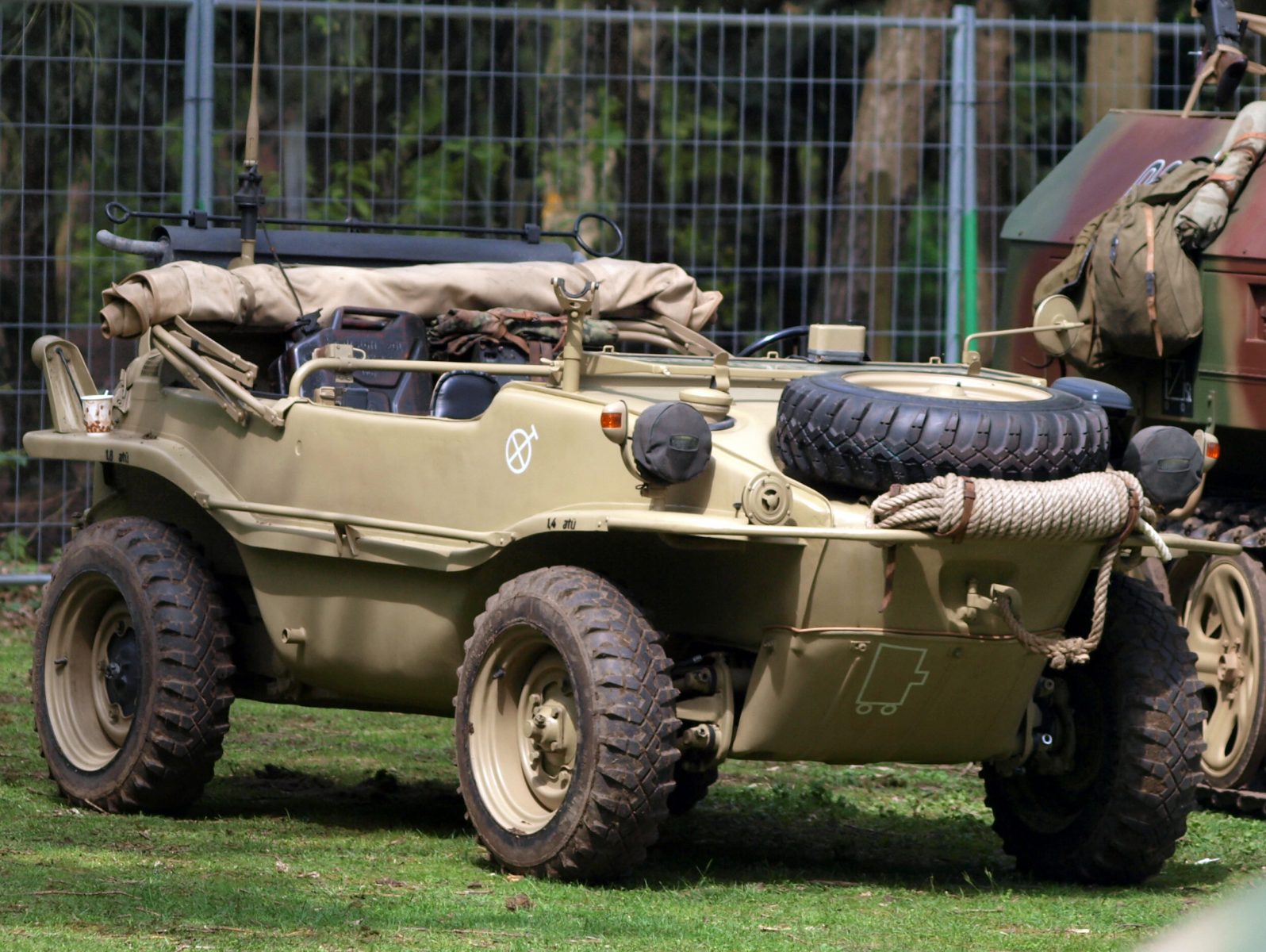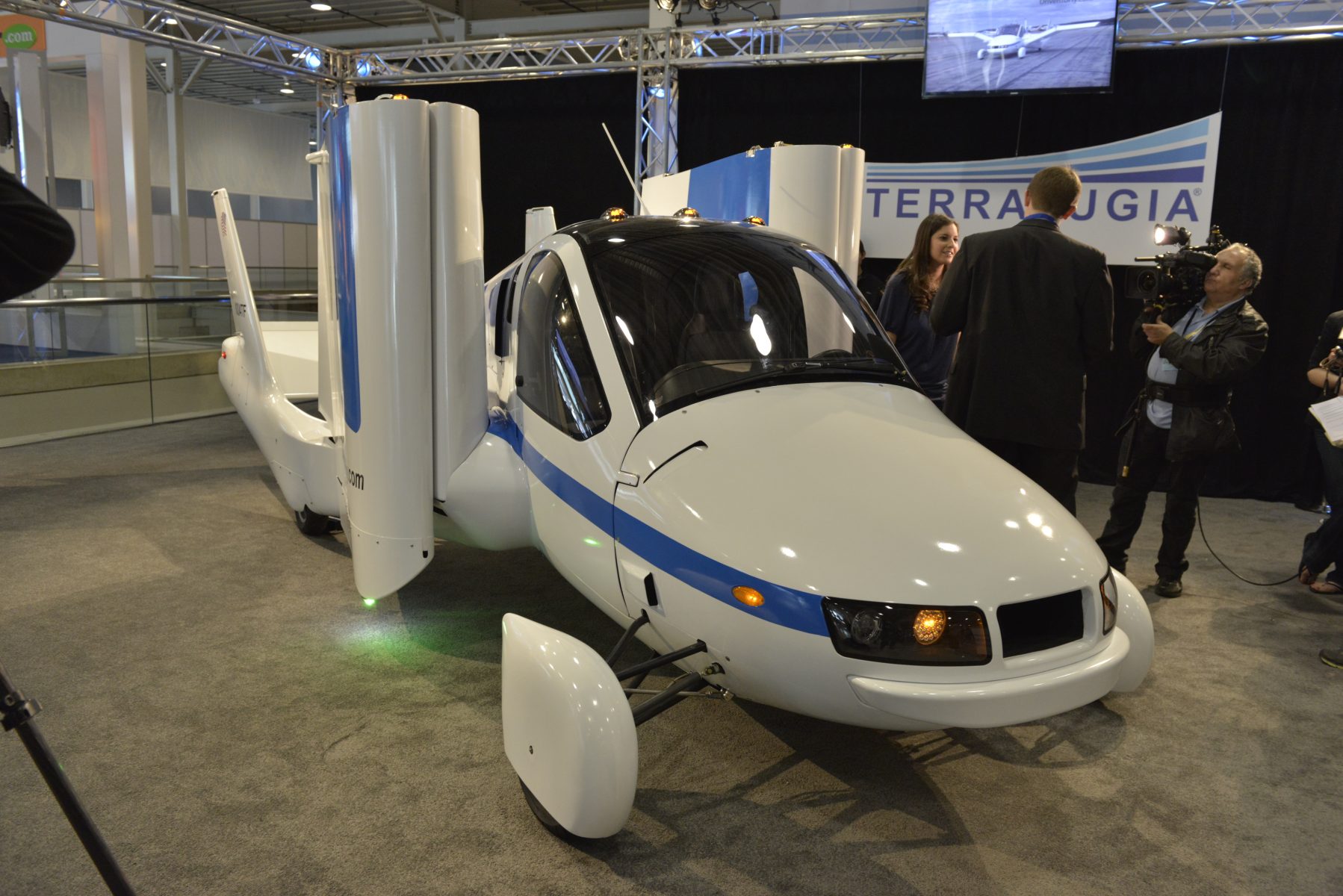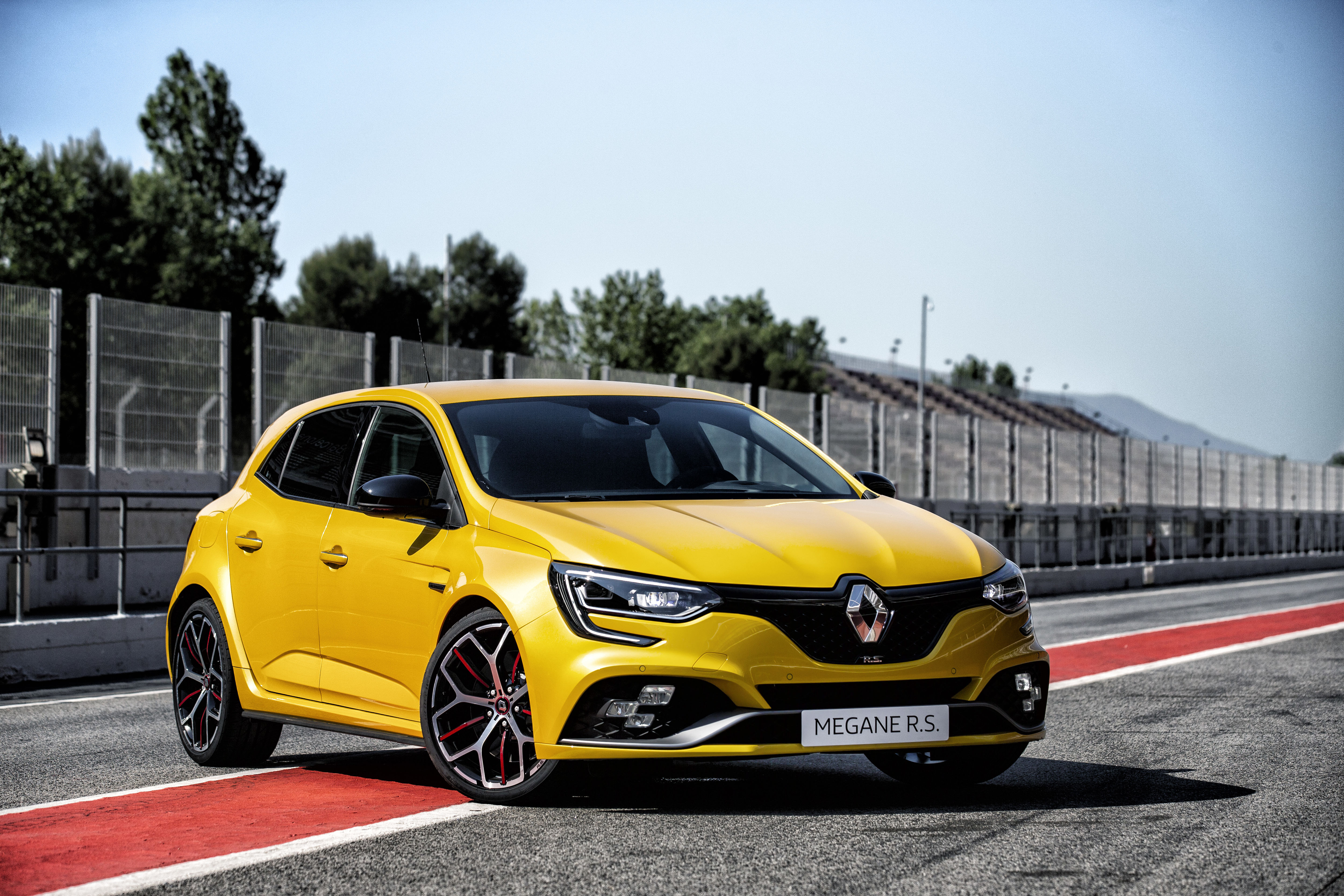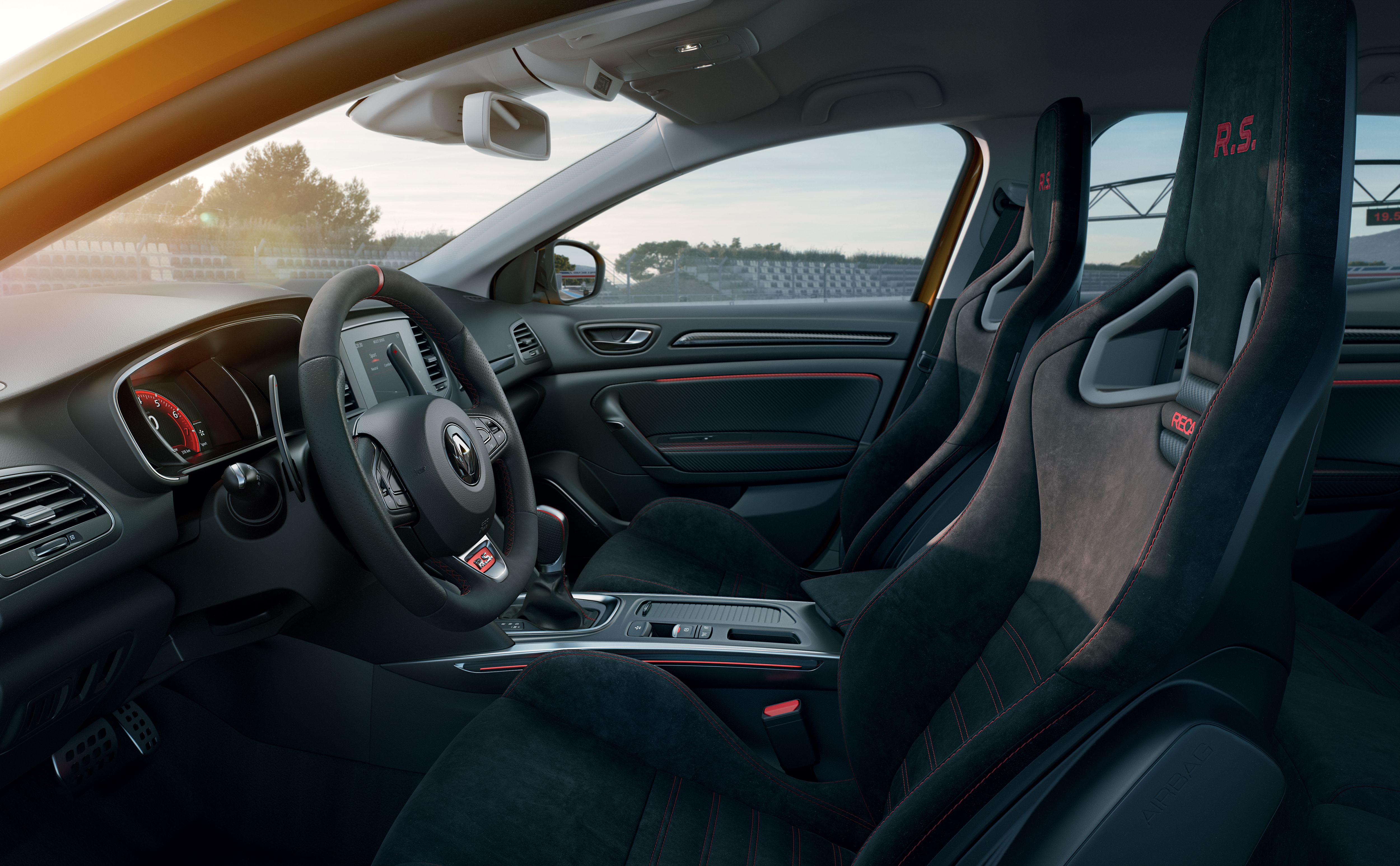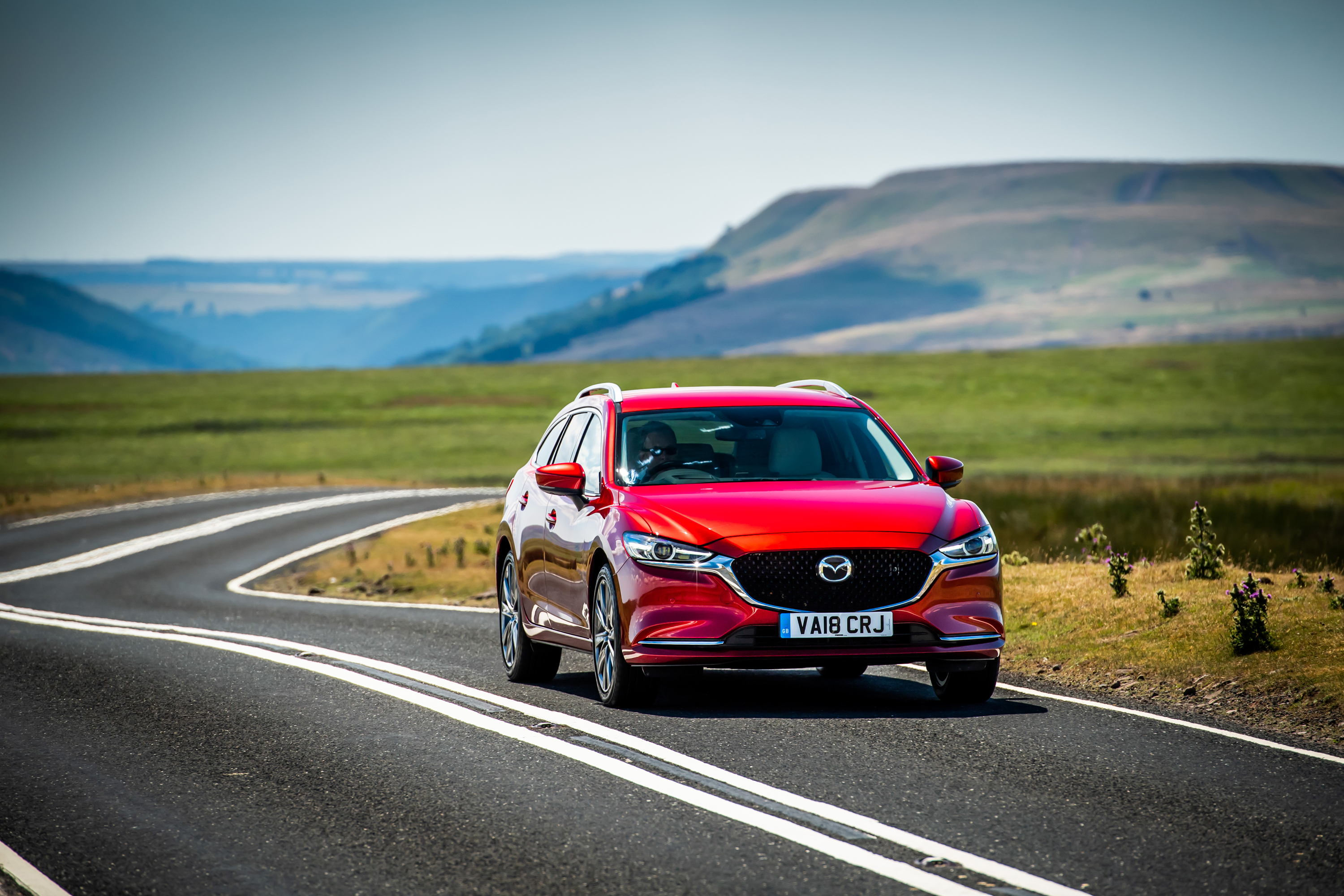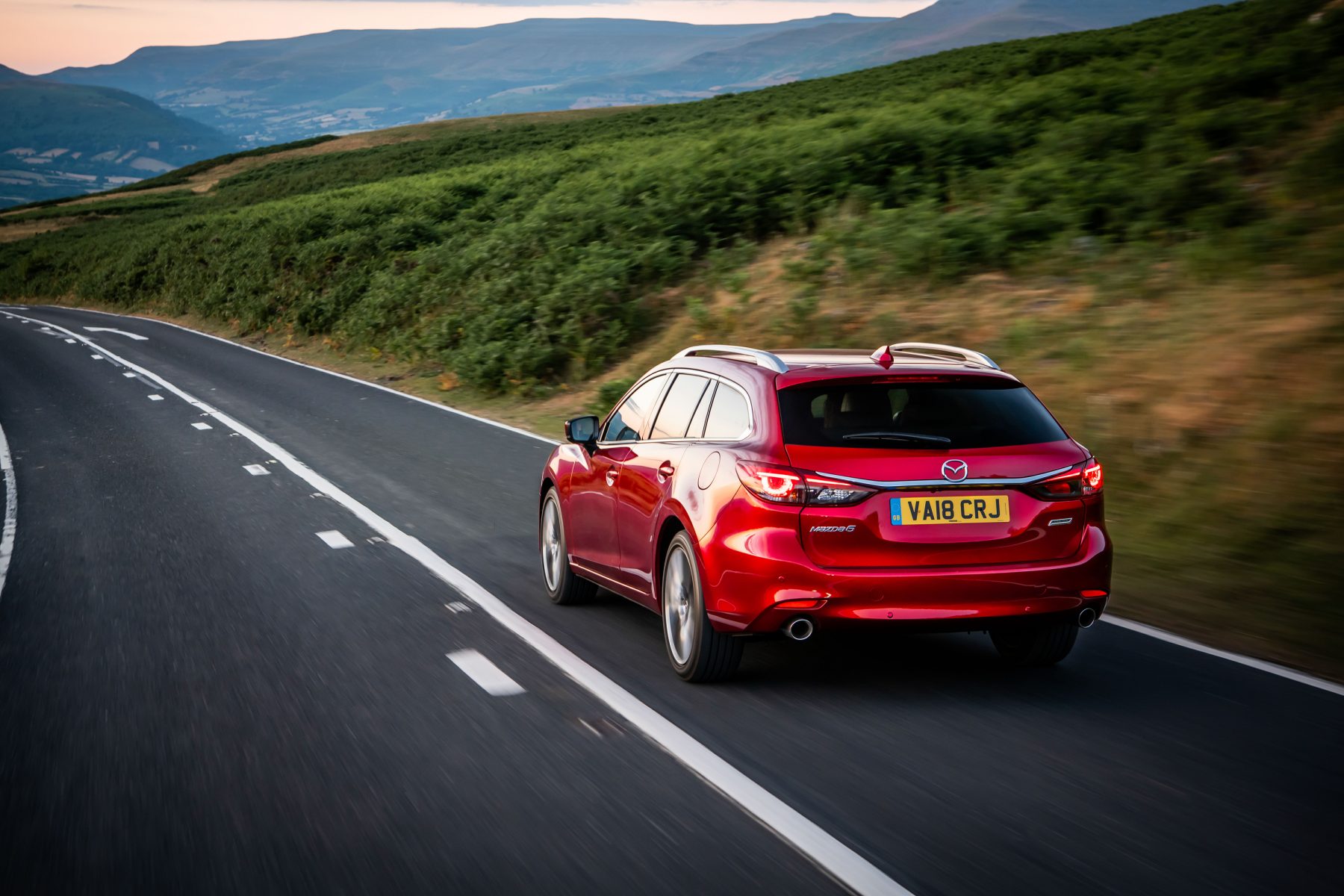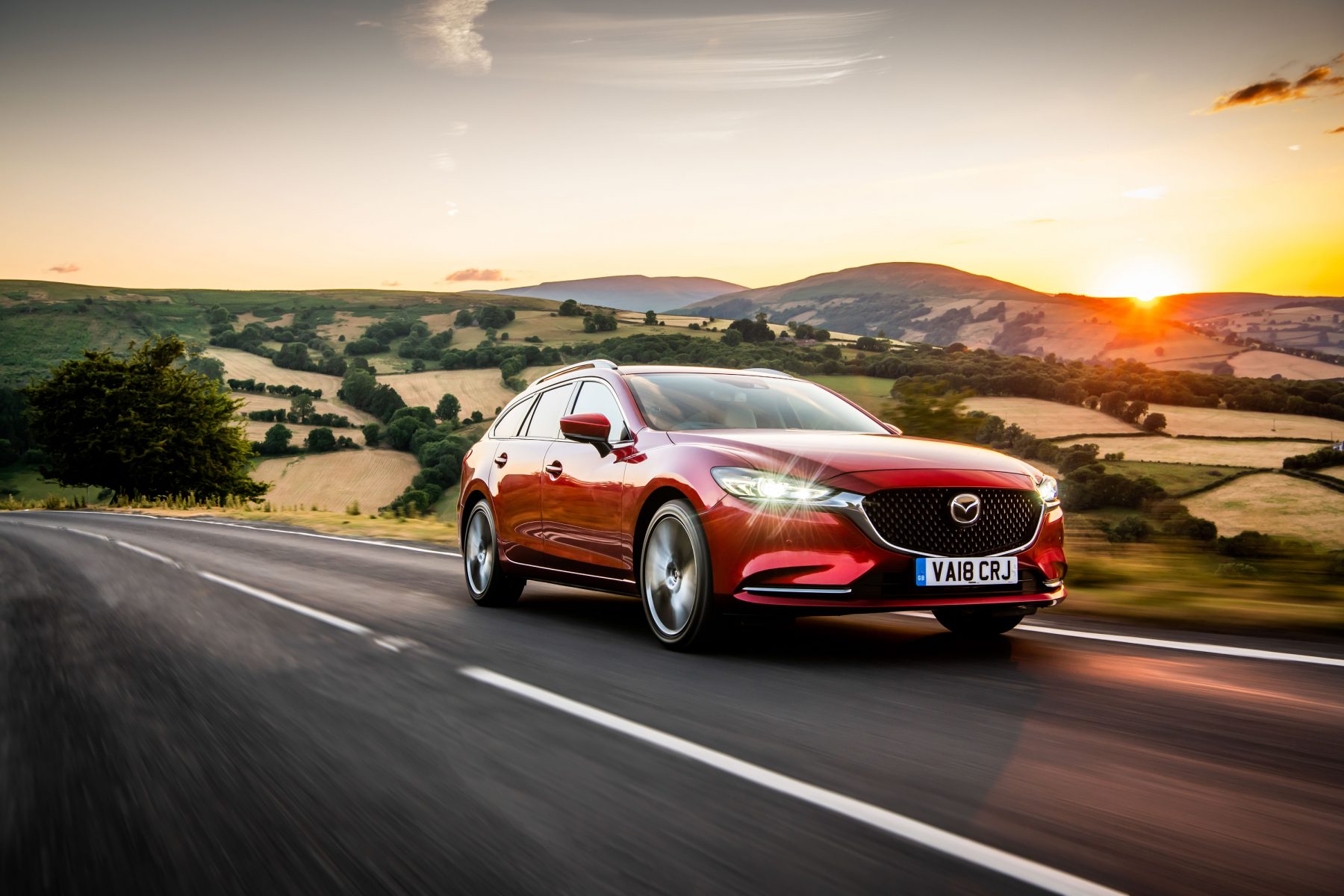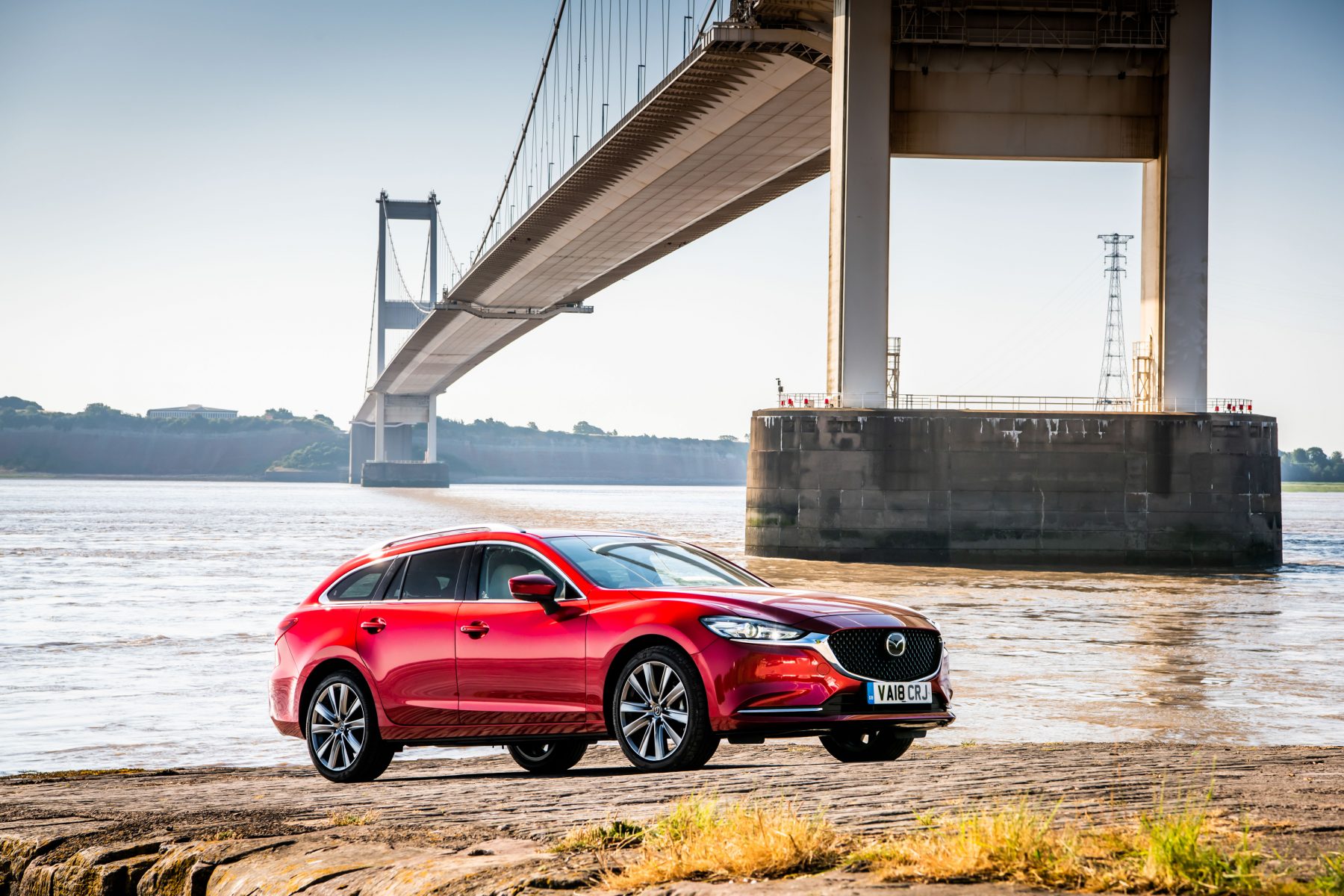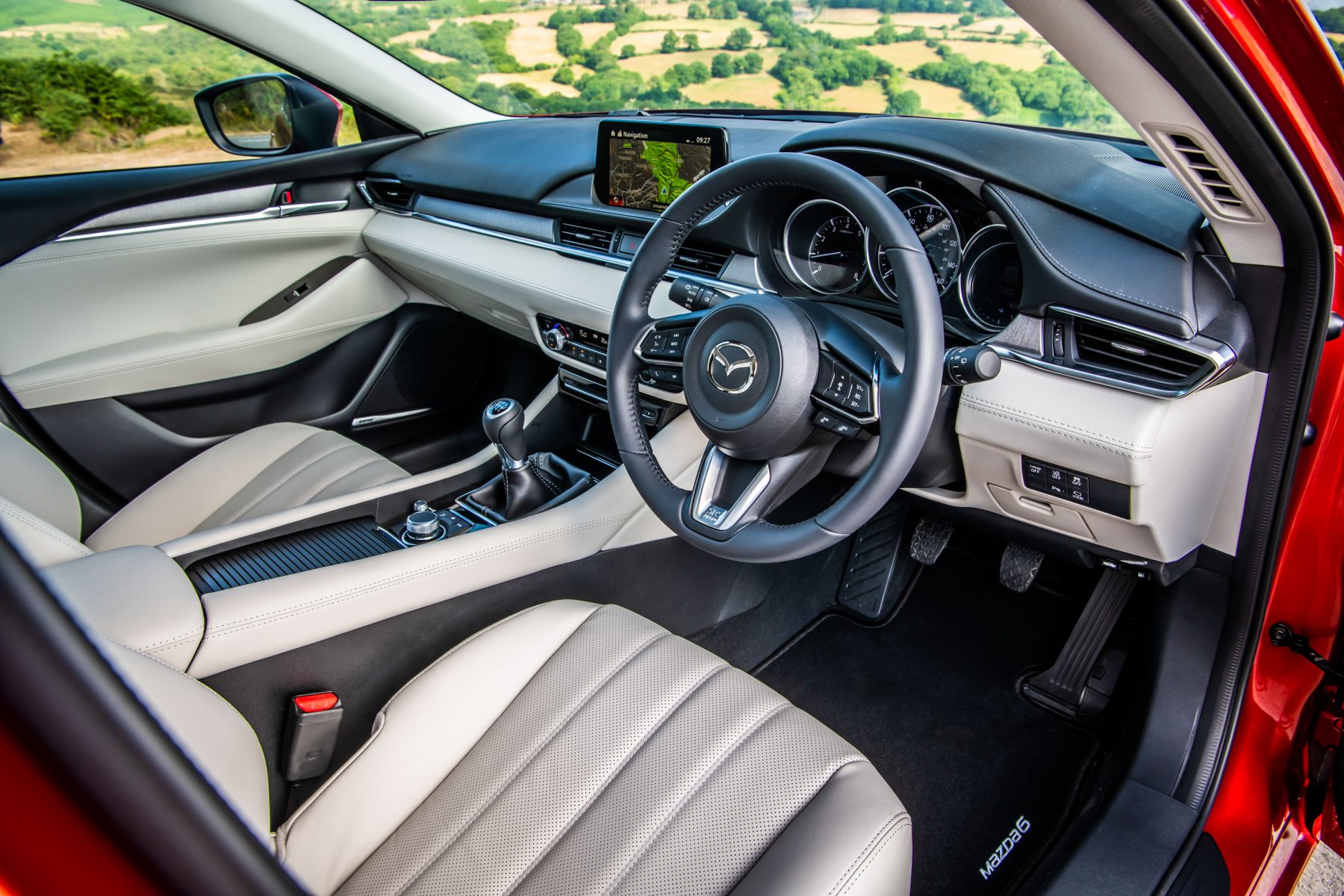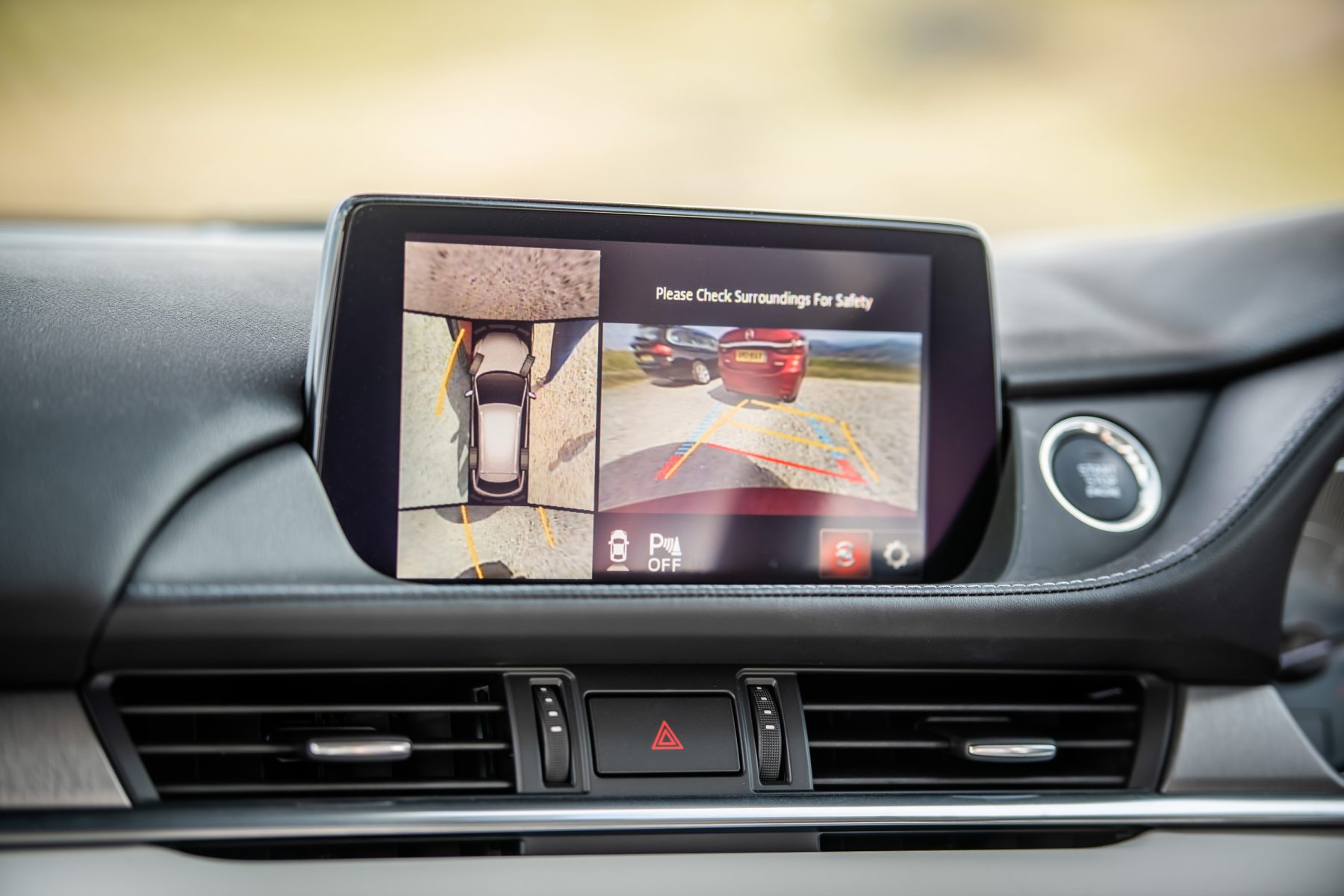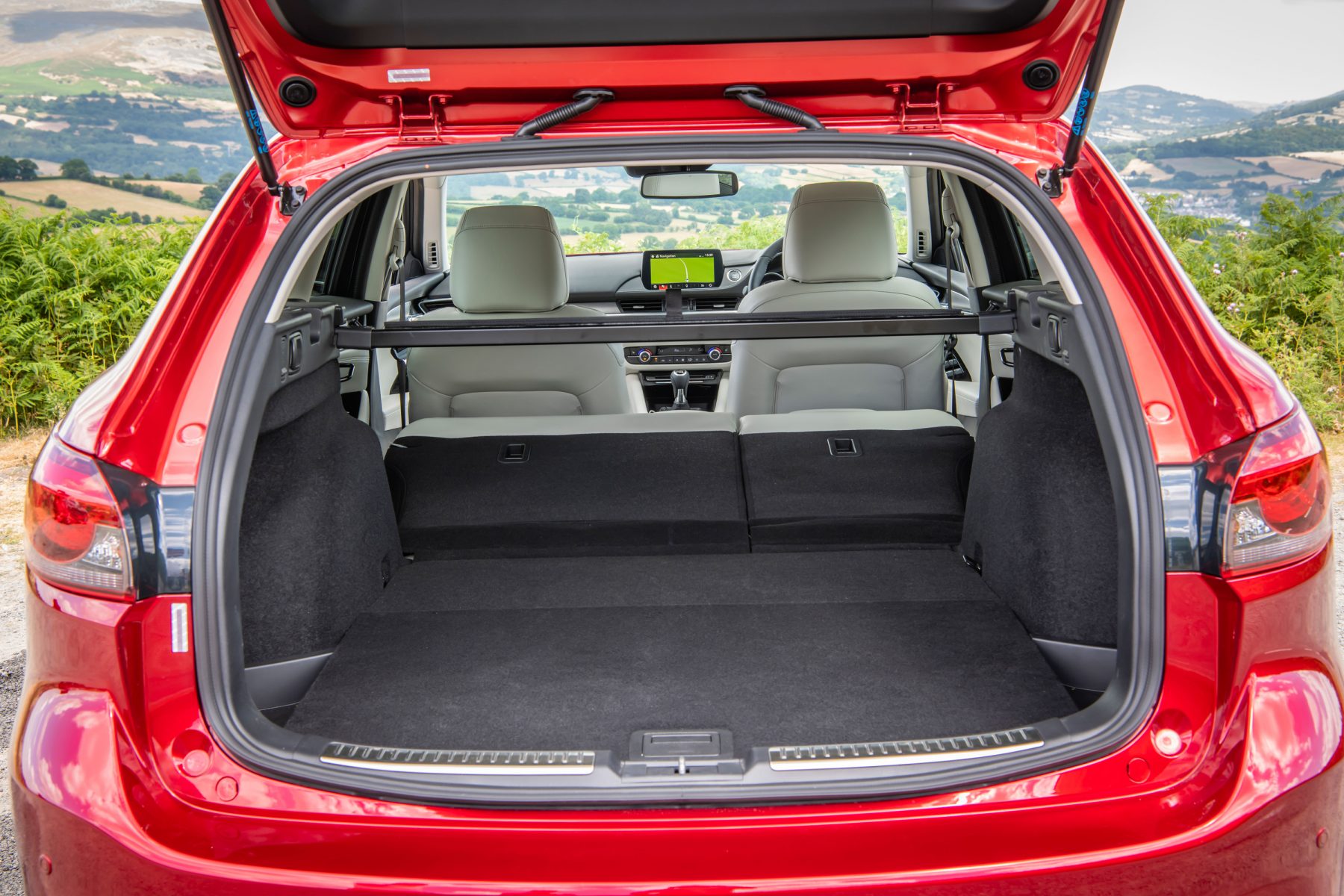What is it?
Having already firmly established the Sportage as a mainstream choice of an affordable yet well-equipped full-size SUV, Kia is looking to refresh the model with a new facelifted version.
Although it’s almost identical to the previous generation model on the surface – with the aesthetics merely having been ever so slightly tidied up, rather than completely overhauled – there are a number of new technological features on the car.
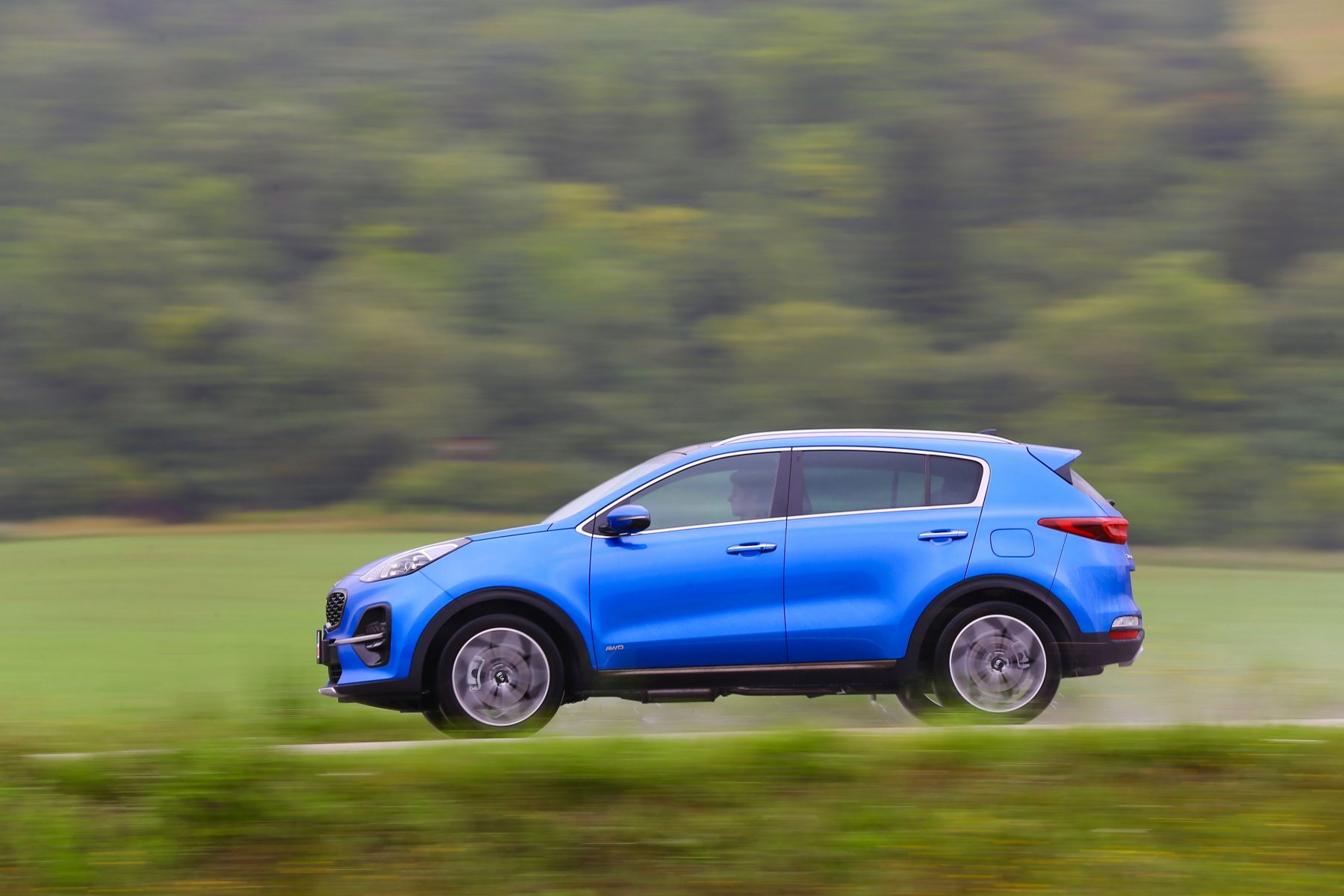
There’s also an updated range of engines available, with the diesel powertrain having been replaced and a mild hybrid option being introduced.
What’s new?
Looking at the facelifted Sportage for the first time, you won’t notice any staggering changes. However, inspect closely and you’ll see that the design has been somewhat streamlined in comparison to before, with new bumpers at the front and rear, as well as updated headlight signatures.
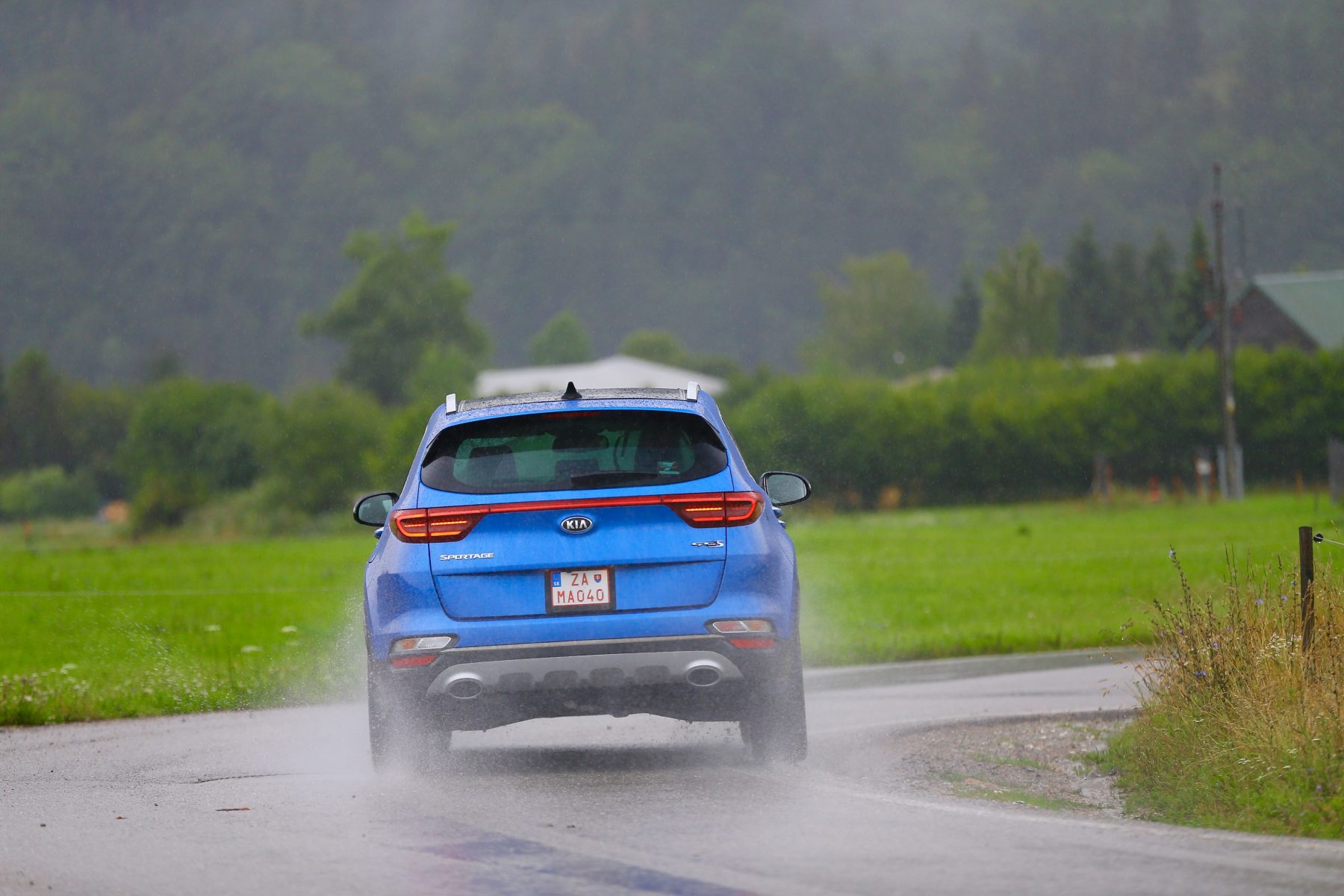
The Sportage’s infotainment system has received an upgrade, with a sleeker, frameless eight-inch touchscreen now available as an optional extra. Semi-autonomous features such as Lane Keep Assist are now included as standard from a lower grade than before.
There’s a new choice of engines as well, with the diesel option being downsized to a 1.6-litre U3 unit and a mild hybrid powertrain being offered as well.
What’s under the bonnet?
We tested two different engines in the Sportage – the 1.6-litre four-cylinder U3 diesel and the 2.0-litre four-cylinder 48V mild hybrid powertrain.
The most obvious choice of powertrain for buyers will likely be the new 134bhp 1.6-litre diesel engine, which is both economical and punchy – offering 58.9mpg and providing a plentiful 320Nm of torque. Acceleration is perfectly adequate, if a bit sporadic, with the car gaining speed at a fluctuating rate as it climbs through the gears, reaching 60mph in 11.4 seconds and carrying on to a top speed of 112mph.

That said, we feel that the 2.0-litre mild hybrid is the superior powertrain. The electric element means there’s a great thump of instant torque – a whopping 400Nm of it – when you hit the accelerator, with the engine feeling much more potent than its conventional counterpart, thanks to an output of 182bhp and a top speed of 125mph.
In addition, both these engines’ performances are noticeably improved by the Sportage’s Sport Mode feature, with the eight-speed dual-clutch transmission we tested changing gear at higher revs.
The Sportage is also available with a 1.6-litre GDi or T-GDi petrol unit, with up to 174bhp and 265Nm of torque.
What’s it like to drive?
The first thing to note when it comes to the Sportage’s driving dynamics is that it does have the quite light steering that is commonplace among cars from other cars in the Kia range. However, this is not as much of a problem in this case as it is with other models for two main reasons.
Firstly, whereas you might wish to have a lot of feel in a small hatchback so you can throw it into a corner and feel like a teenager again, it’s sensible for a big car such as the Sportage to be easy to manoeuvre.
Secondly, that Sport Mode setting we mentioned earlier does a fantastic job of weighting up the steering, creating a much more heftier feel that gives you a lot more confidence in the corners. To be able to switch between the two extremes with the press of a button is very useful.

The eight-speed dual-clutch transmission is another good point, changing gears with a focus on performance or economy – depending on whether or not Sport Mode is engaged – and also allowing the option for the driver manually select a gear using a pair of flappy paddles.
How does it look?
The Sportage’s facelift hasn’t changed the car’s aesthetics in any dramatic way at all. However, the new bumpers at the front and rear, and the updated headlight signatures do offer a slightly smarter look that keen Kia enthusiasts may notice. This is representative of the gradual improvement we’ve seen in how models from the South Korean brand both look and drive over relatively recent years.
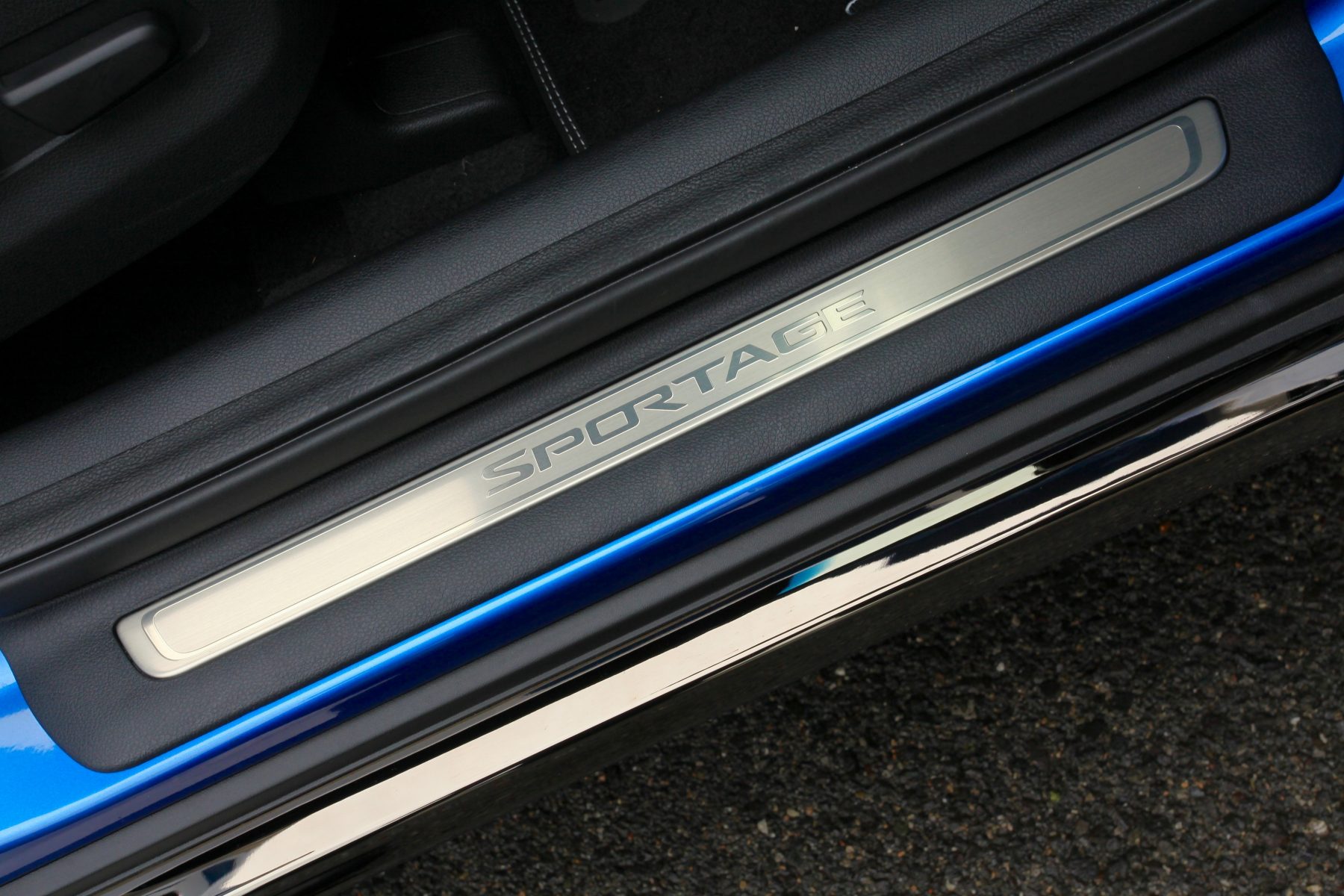
However, the Sportage still isn’t an exciting or trendy looking car. It stands up to some rivals, such as the Nissan Qashqai and Skoda Karoq, but can’t match the stylishness of examples such as the Mini Countryman.
What’s it like inside?
In spite of a few scratchy plastics lower down in the cabin – which is acceptable in any non-premium model – the Sportage’s interior is generally a nice place to be. There’s an abundance of leather for a car of this value and, despite being kitted out with a wide range of gadgets, the buttons have been laid out in a logical way as opposed to looking like they’ve been applied completely random.
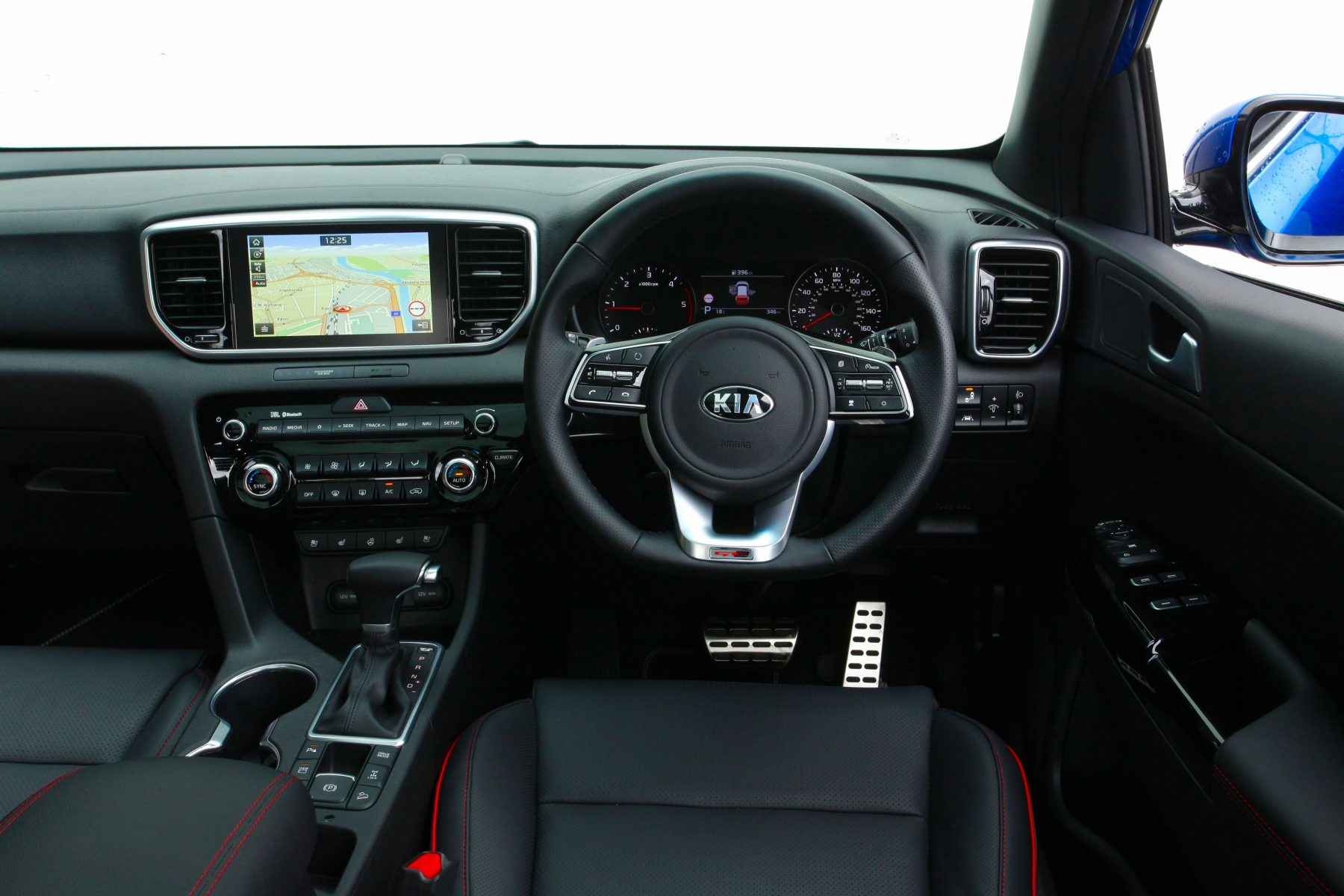
The optional eight-inch frameless touchscreen is also a highlight, blending seamlessly into the dashboard. As for the infotainment system itself, there’s a pleasing symmetry between its digital layout and colour scheme and that of the Sportage’s other dials and instruments.
What’s the spec like?
The starting price for the Sportage is £20,305, which will buy you a grade 1 model with 16-inch alloy wheels, cruise control, DAB radio and Bluetooth, among other standard features.
Grade 2 specification starts at £22,405 and adds 17-inch alloy wheels, satellite navigation and some basic semi-autonomous driver aids, such as Lane-Keep Assist and High-Beam Assist.
Costing from £25,510, the GT-Line model features sporty styling, front parking sensors and a smart entry system.
The Sportage Edition 25 starts at £25,655 and comes with a JBL premium sound system, an eight-inch touchscreen infotainment system with sat-nav and premium paint at no added cost.

The grade 4 car costs from £27,260, which also gets you the eight-inch screen and JBL sound system, as well as a panoramic sunroof, Forward Collision Avoidance Assist and Blind Spot Collision Warning.
Finally, the top-spec GT-Line S model costs from £31,245 and includes adaptive cruise control, electrically adjustable seats, an electronic parking brake, a 360-degree around view monitor, a powered tailgate and a wireless phone charger.
Verdict
It’s hard to find anything really wrong with the Sportage. It may not be the most interesting or stylish car in the world, but it’s a winner in terms of drivability, practicality and affordability. Add into the equation the new dimension brought to the model by the introduction of the mild hybrid powertrain and it becomes clear that this really is a vehicle that could suit pretty much anyone’s needs.
Facts at a glance
Model: Kia Sportage
Price: £34,545
Engine: 2.0-litre 48V diesel mild hybrid
Power (bhp): 182
Torque (Nm): 400
Max speed (mph): 125
0-60mph: 9.2 seconds
MPG: TBA
Emissions (g/km): TBA
